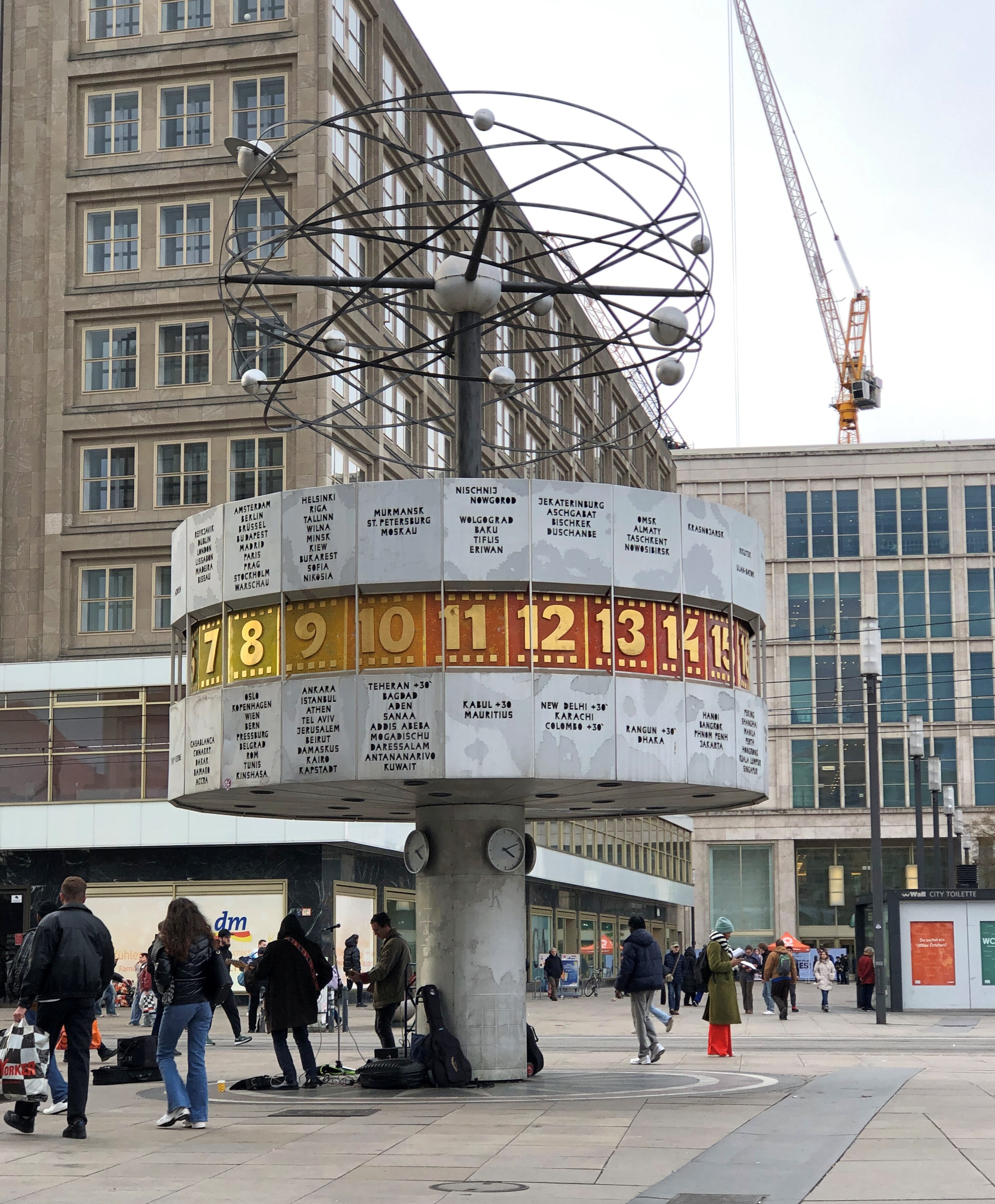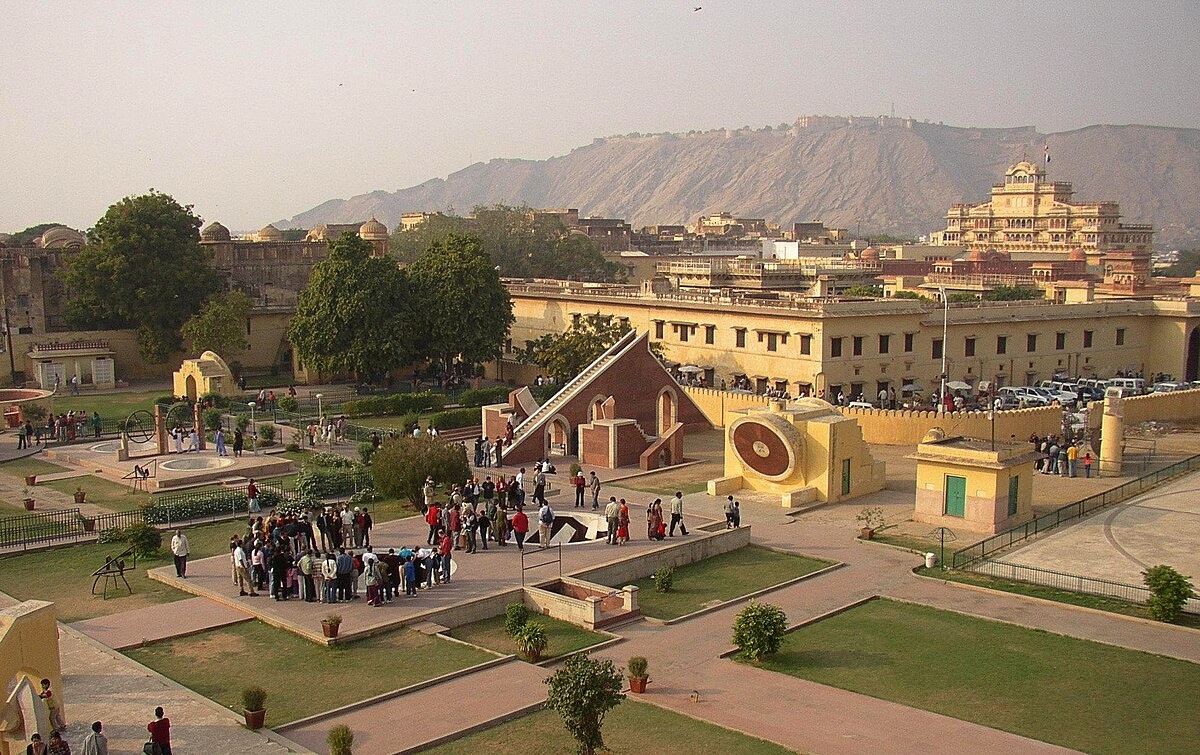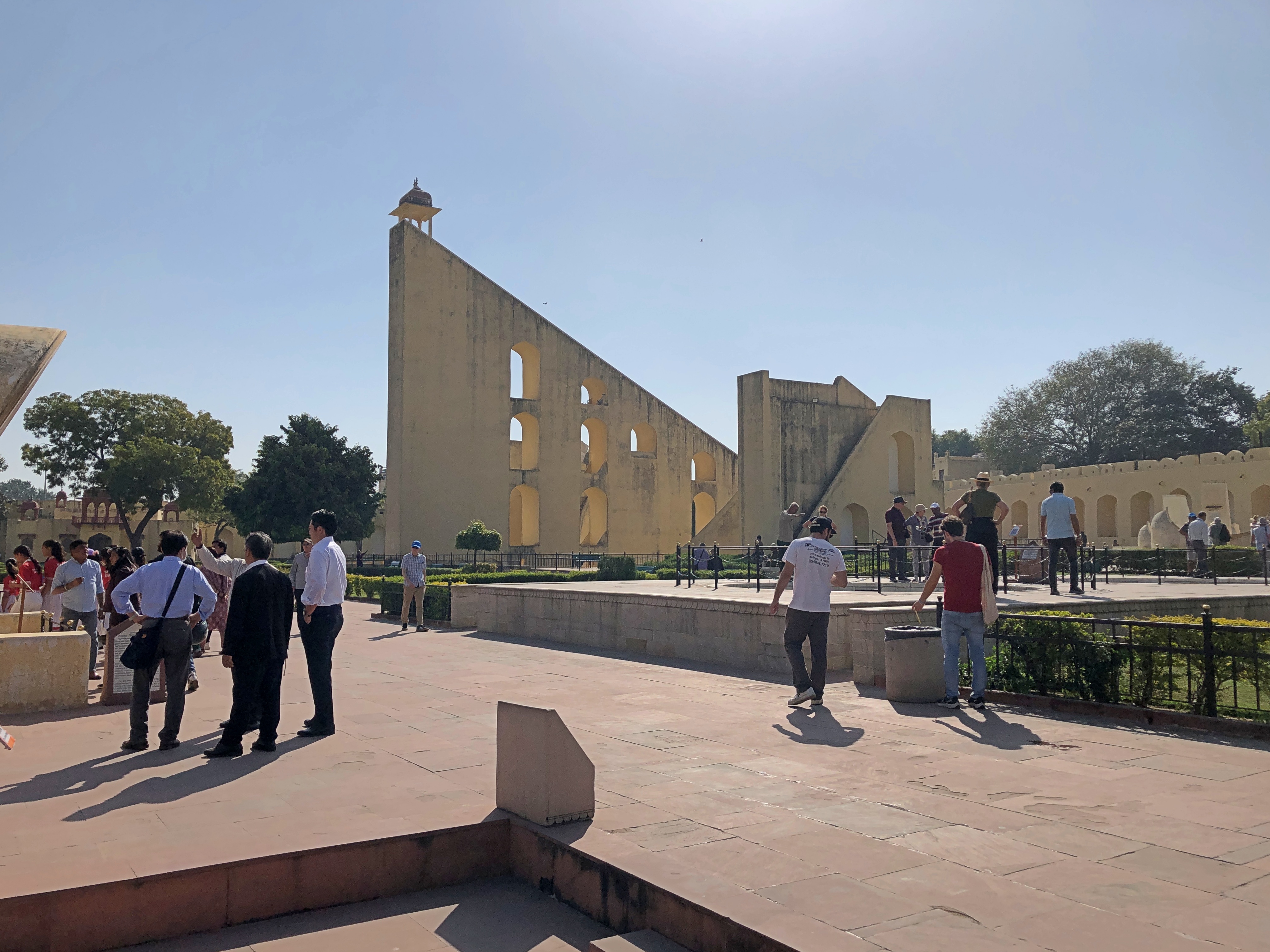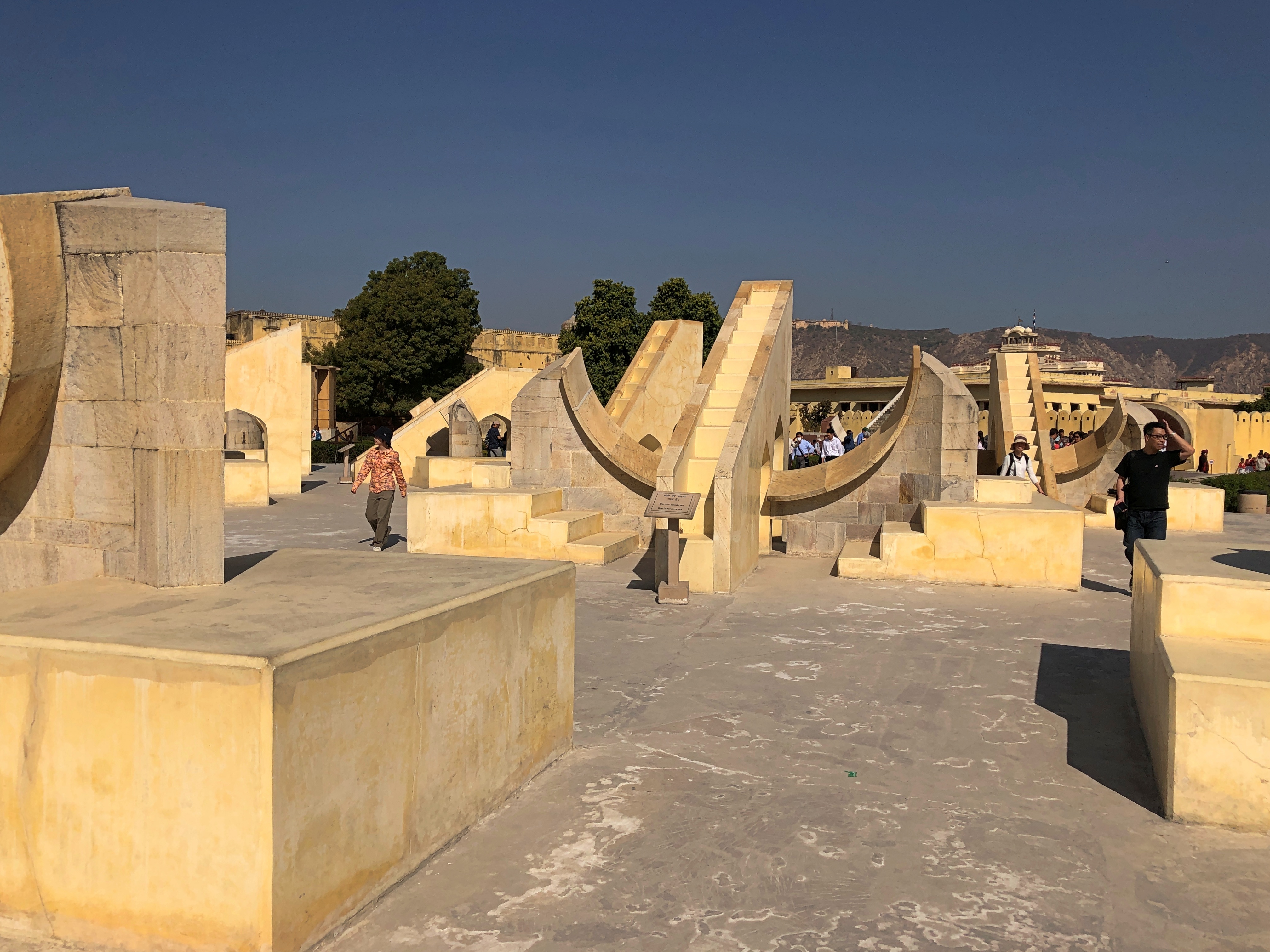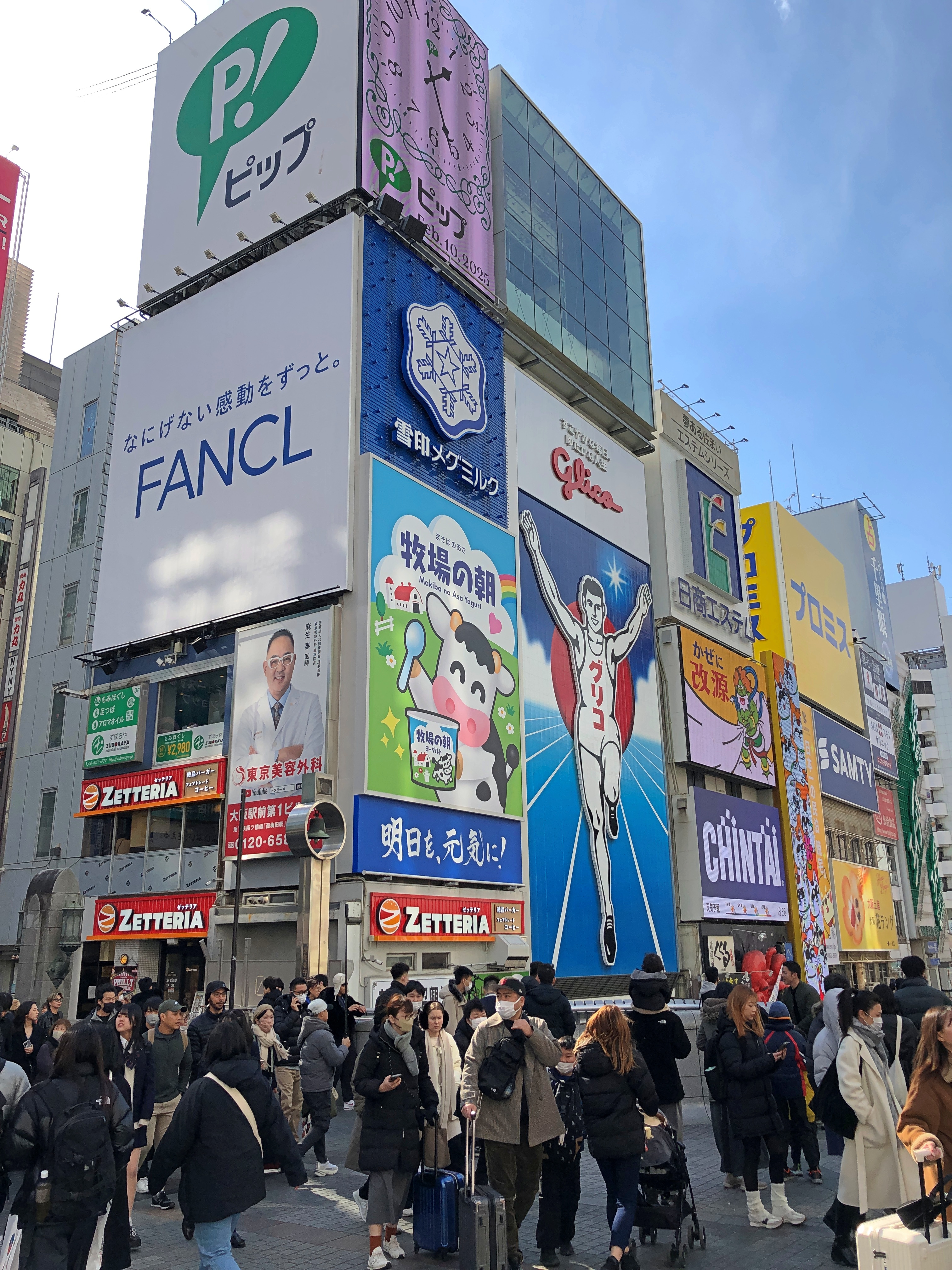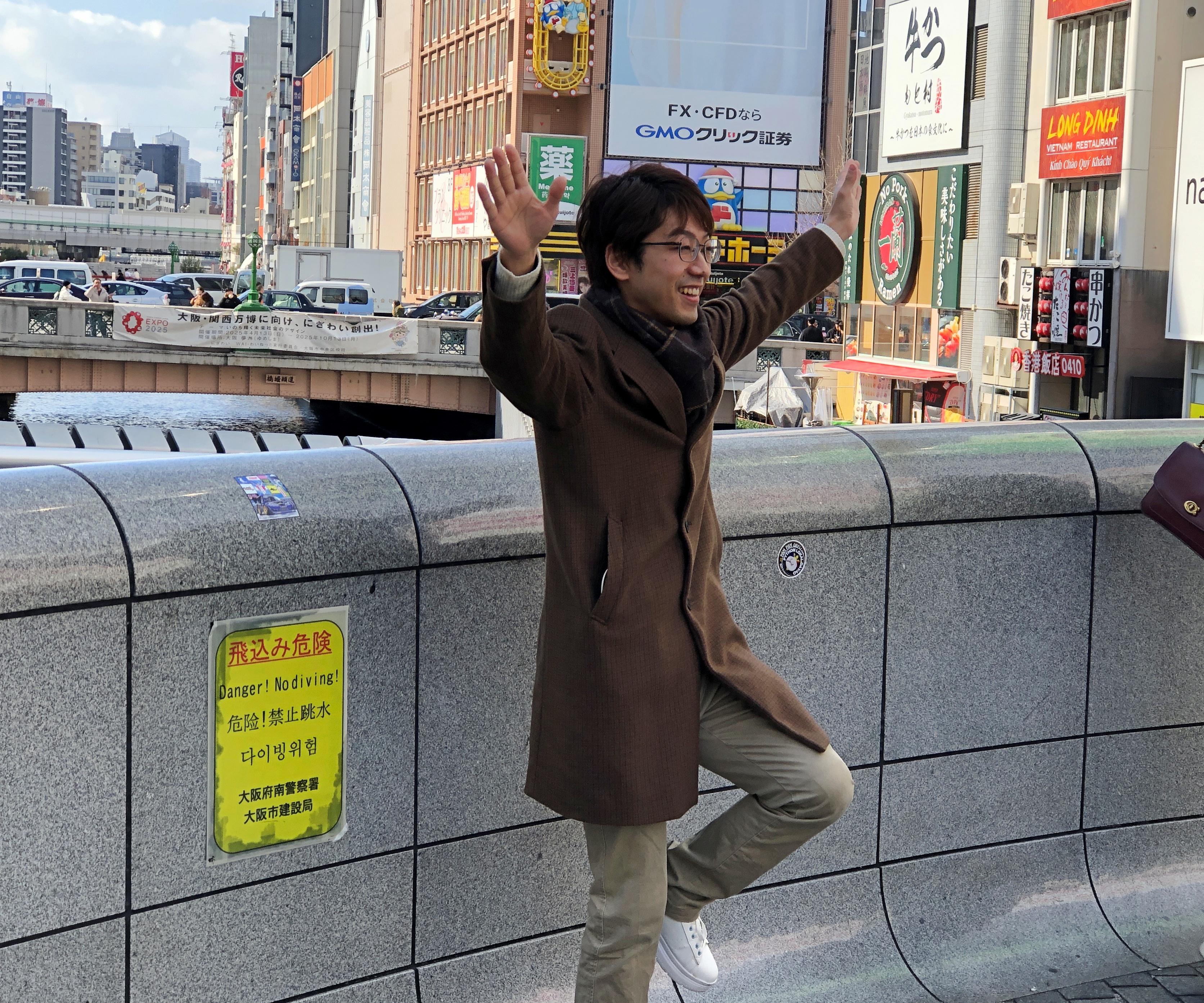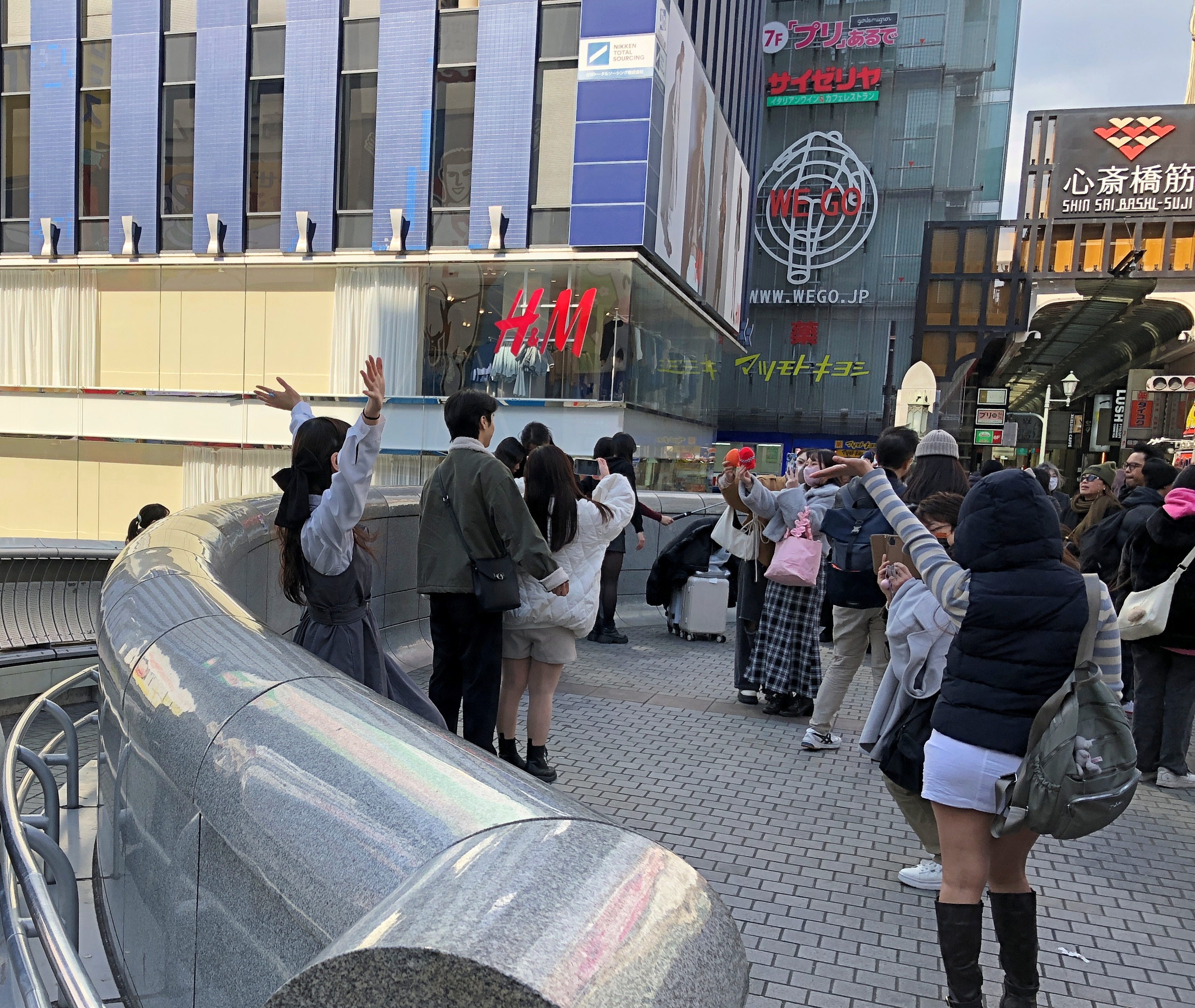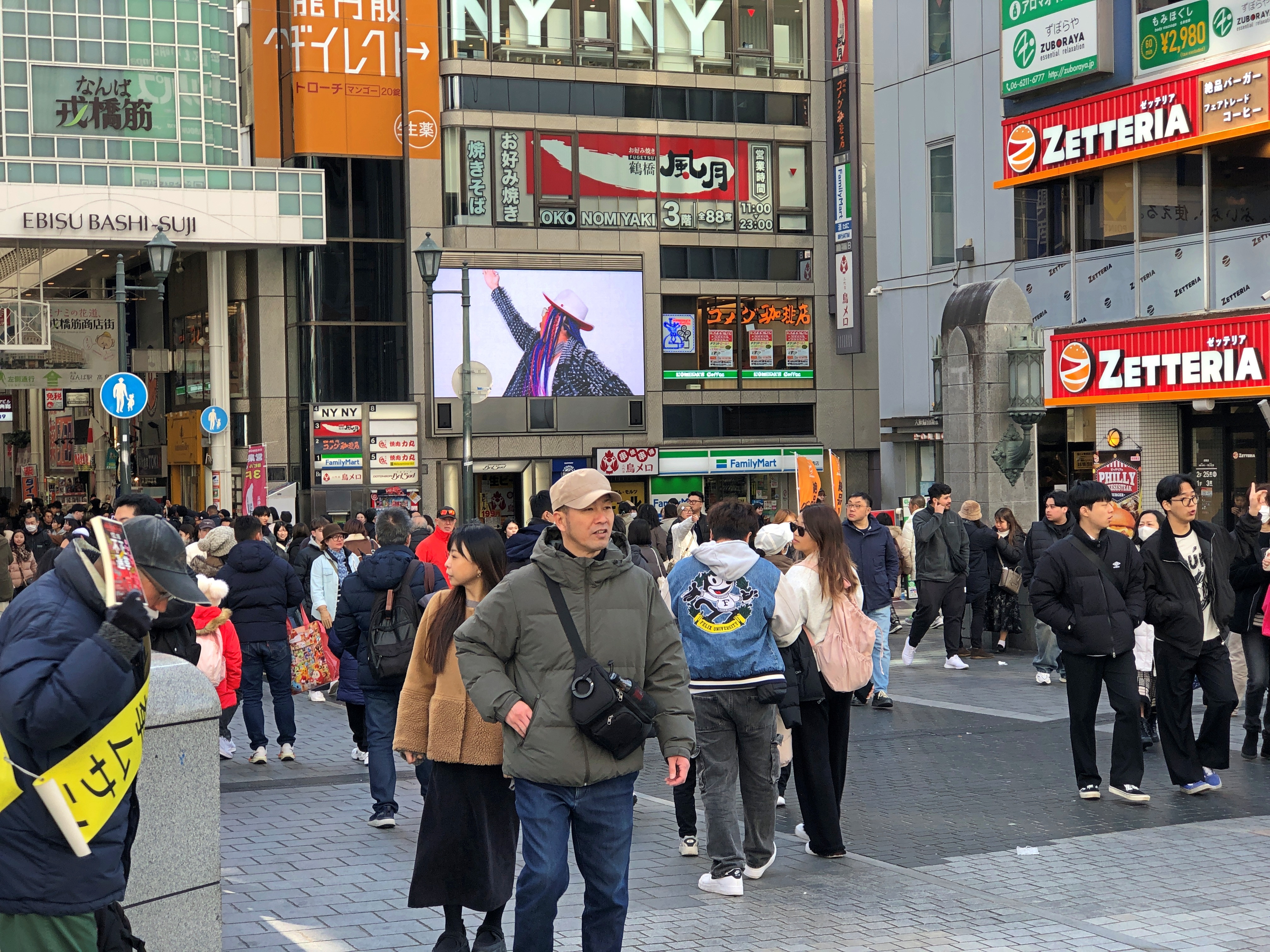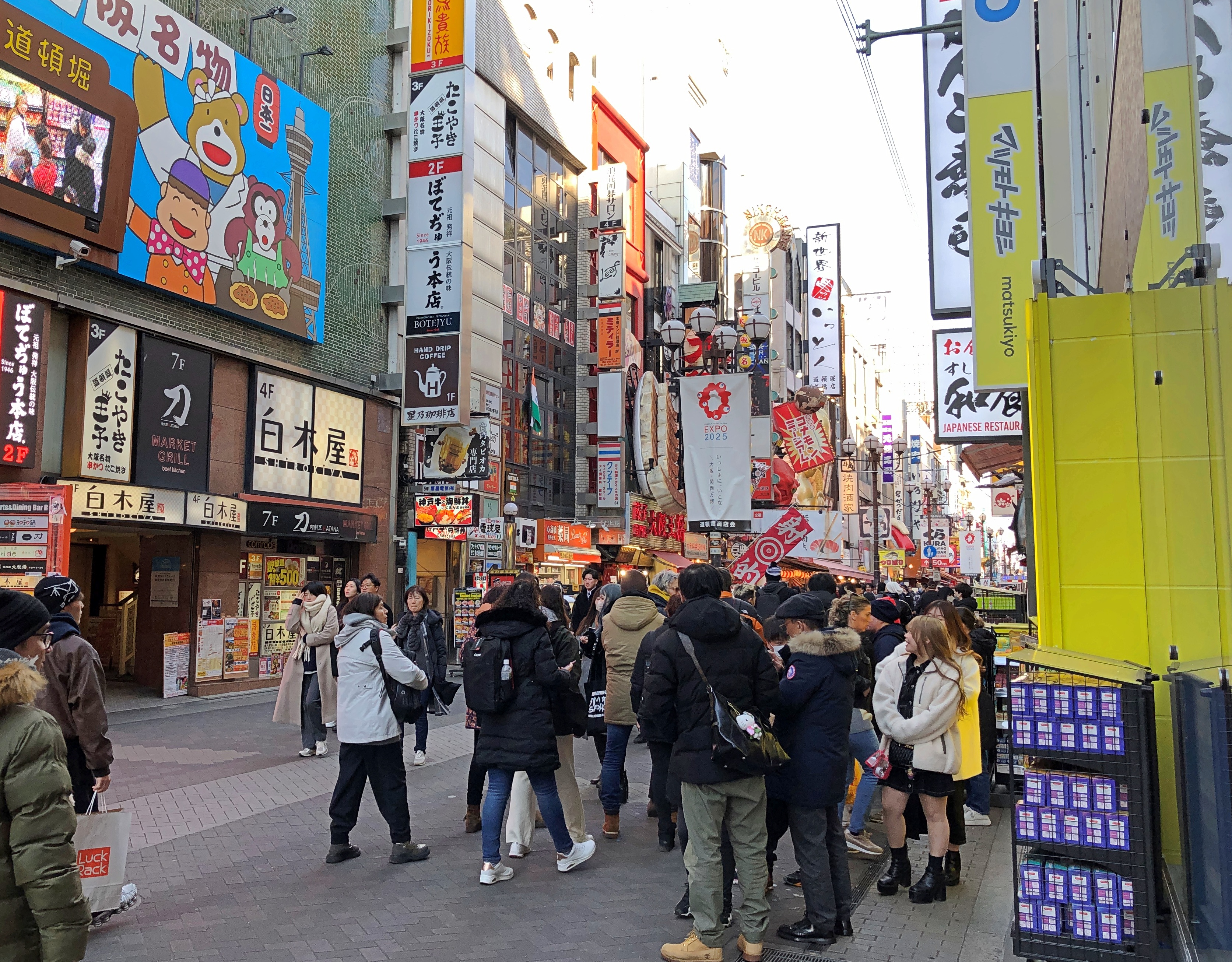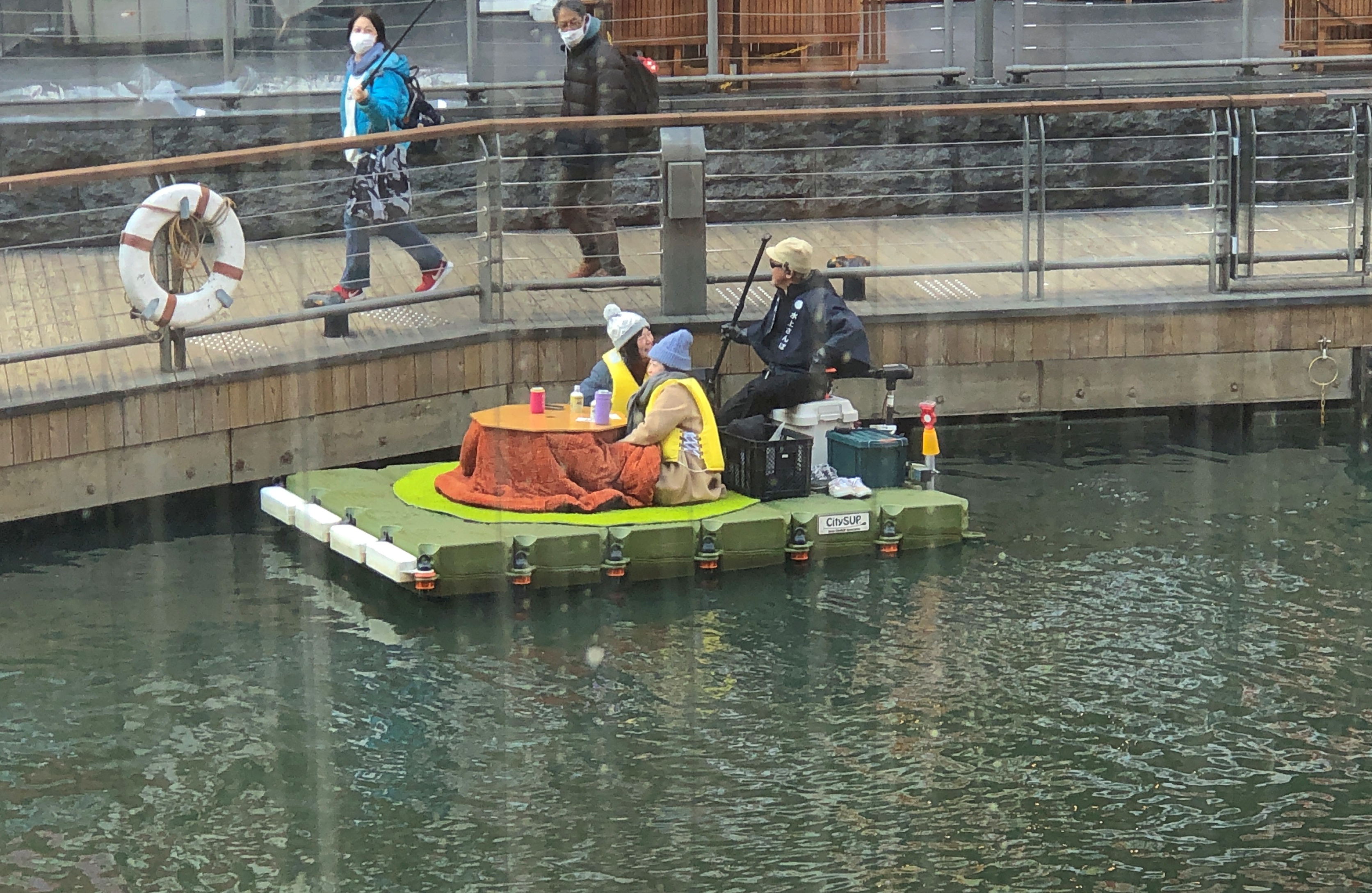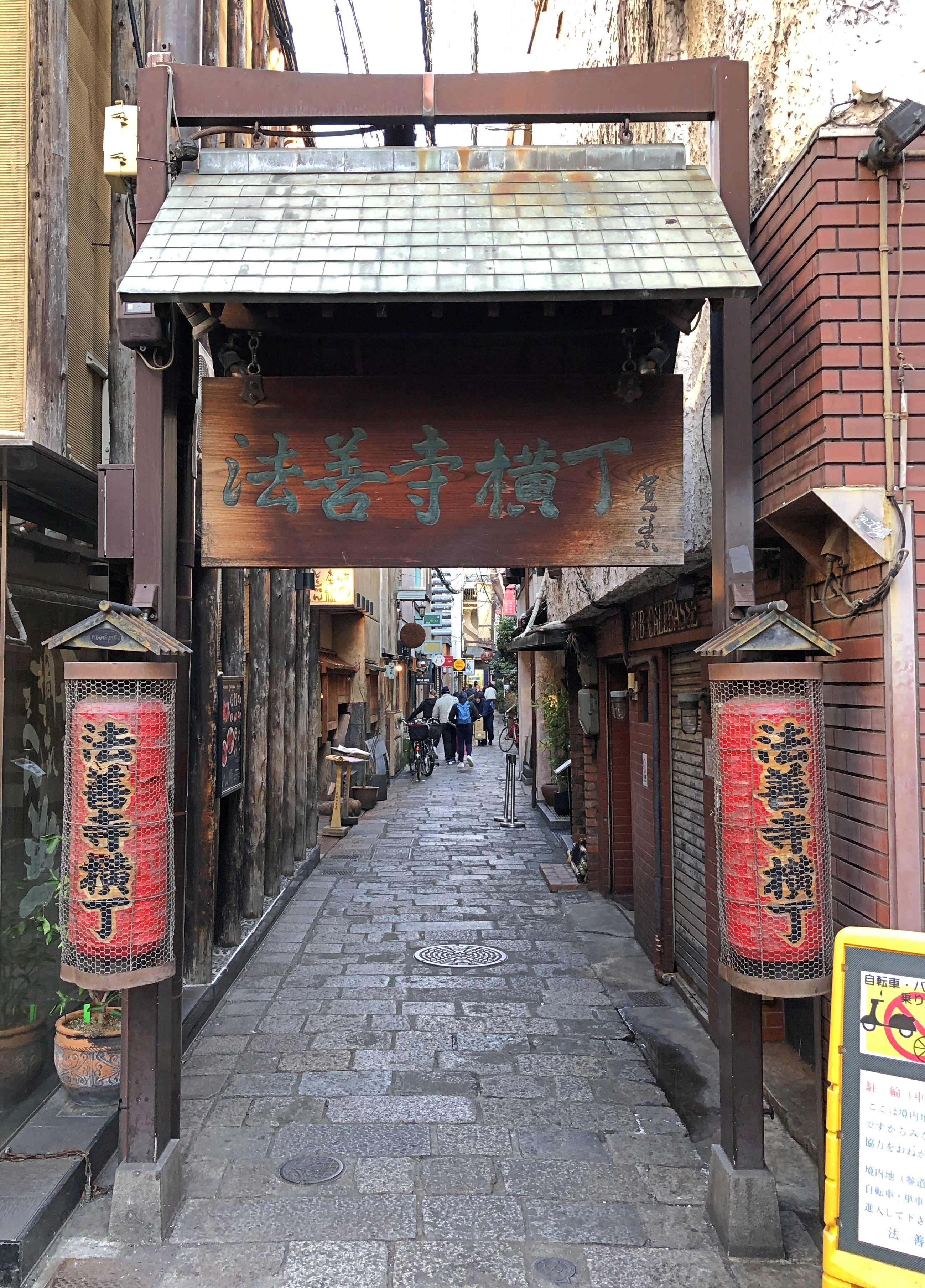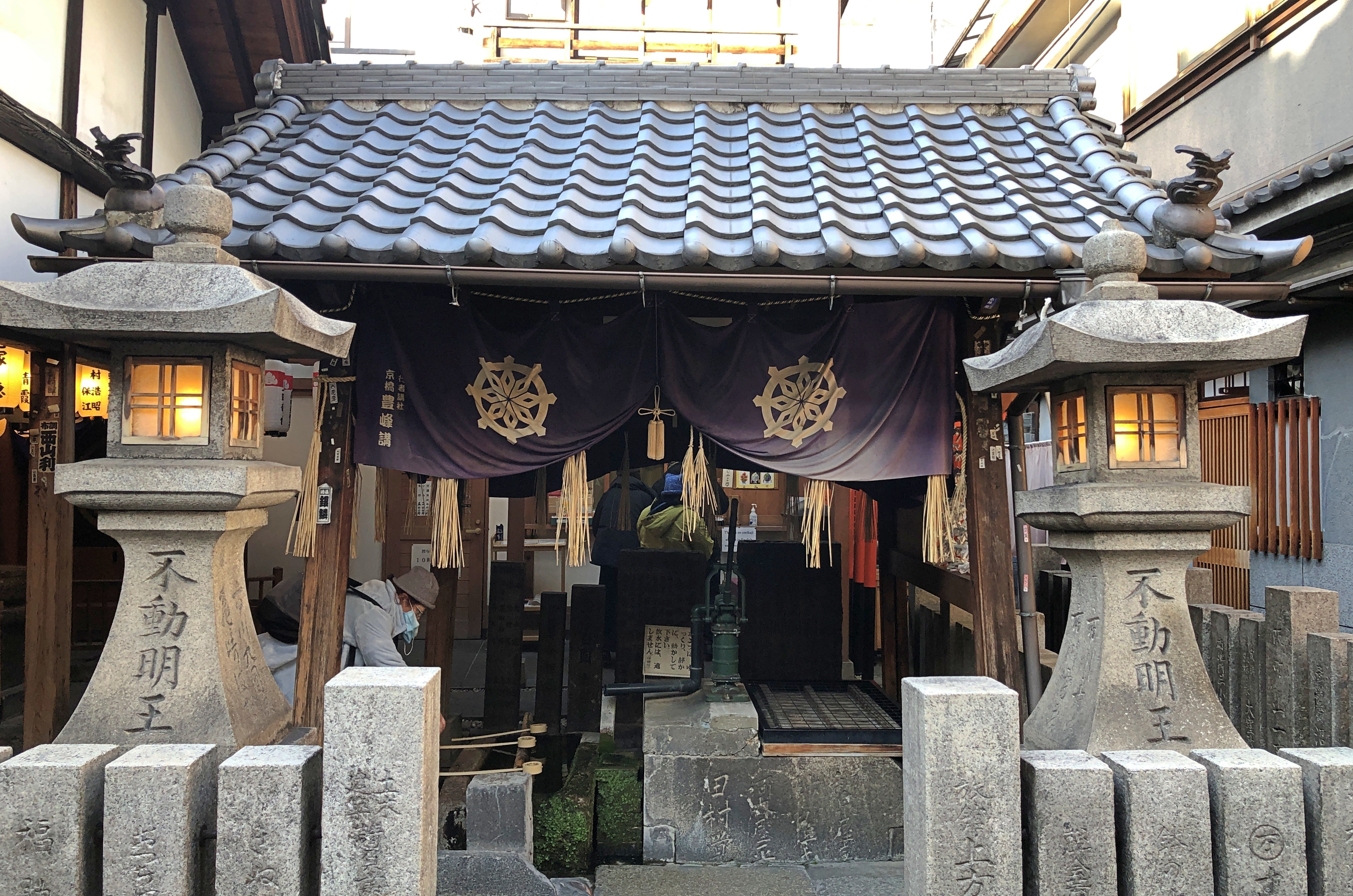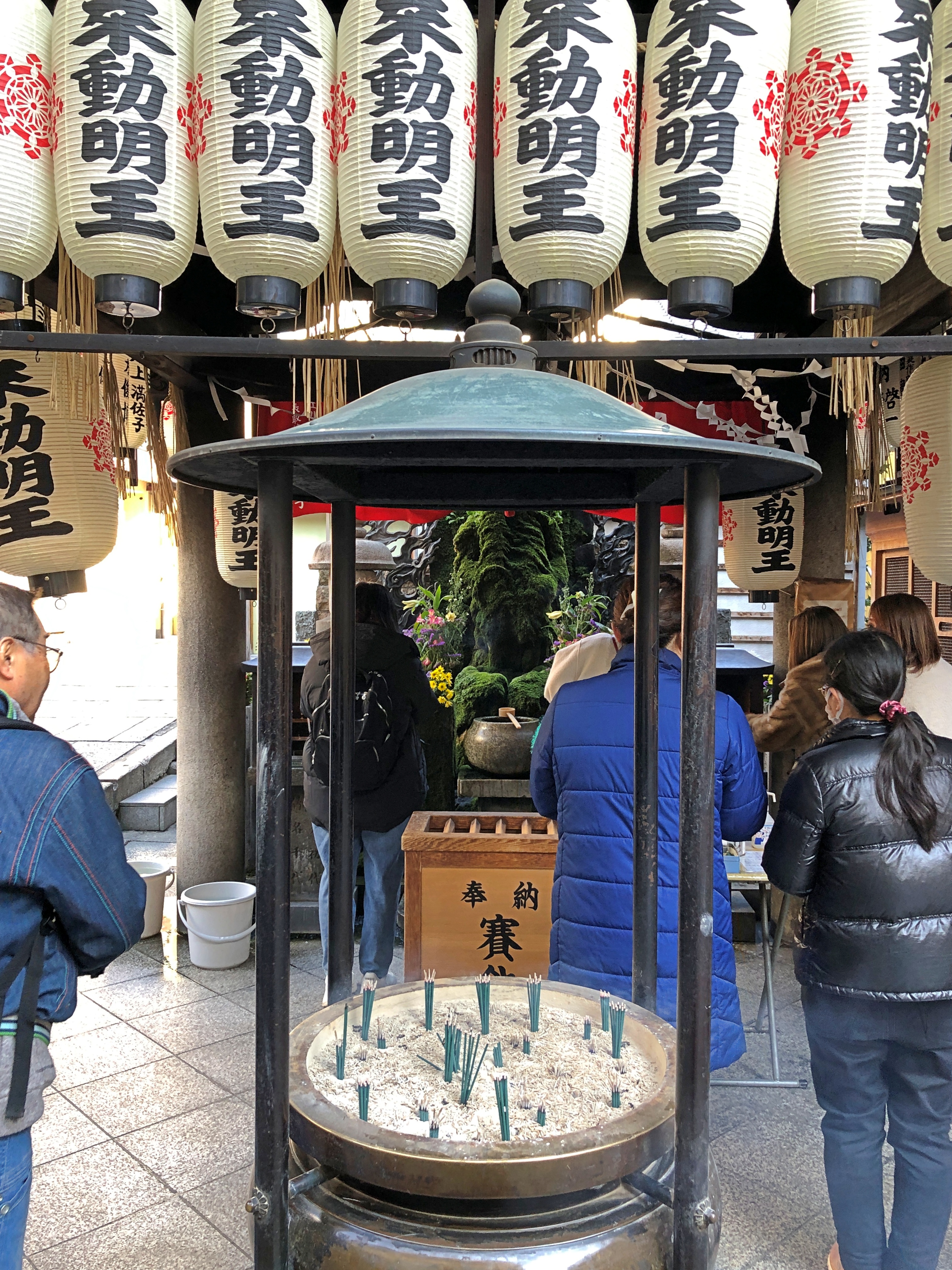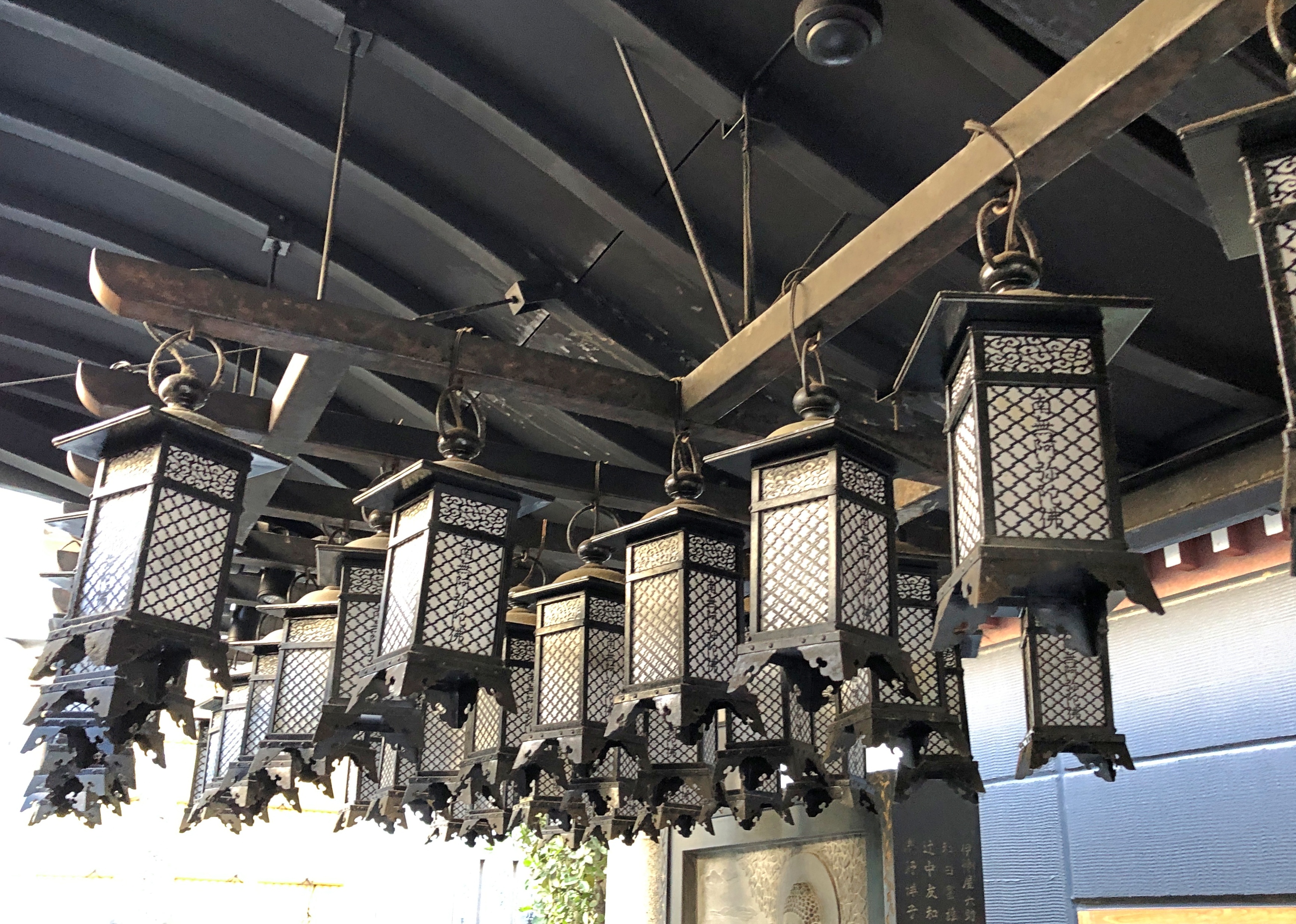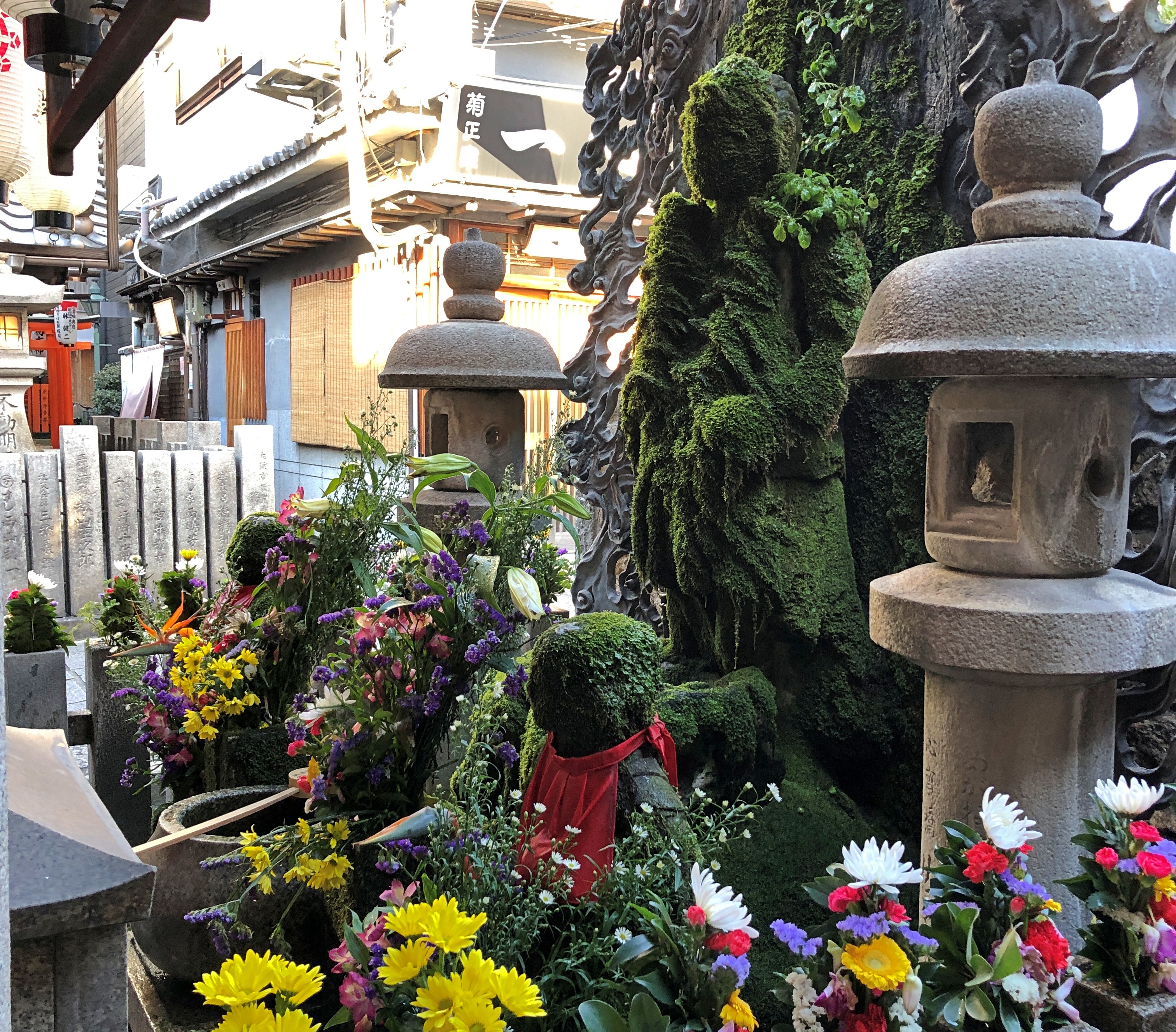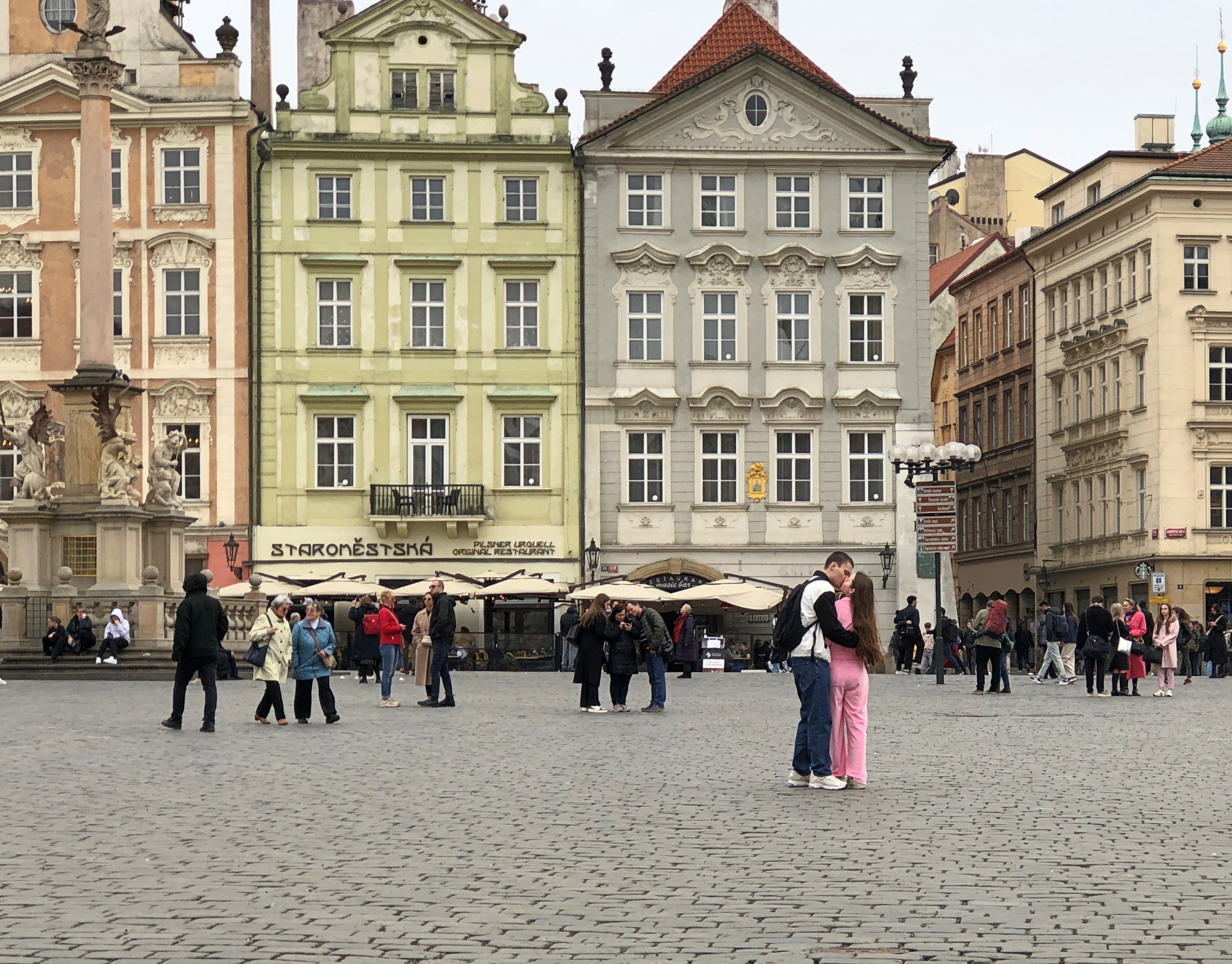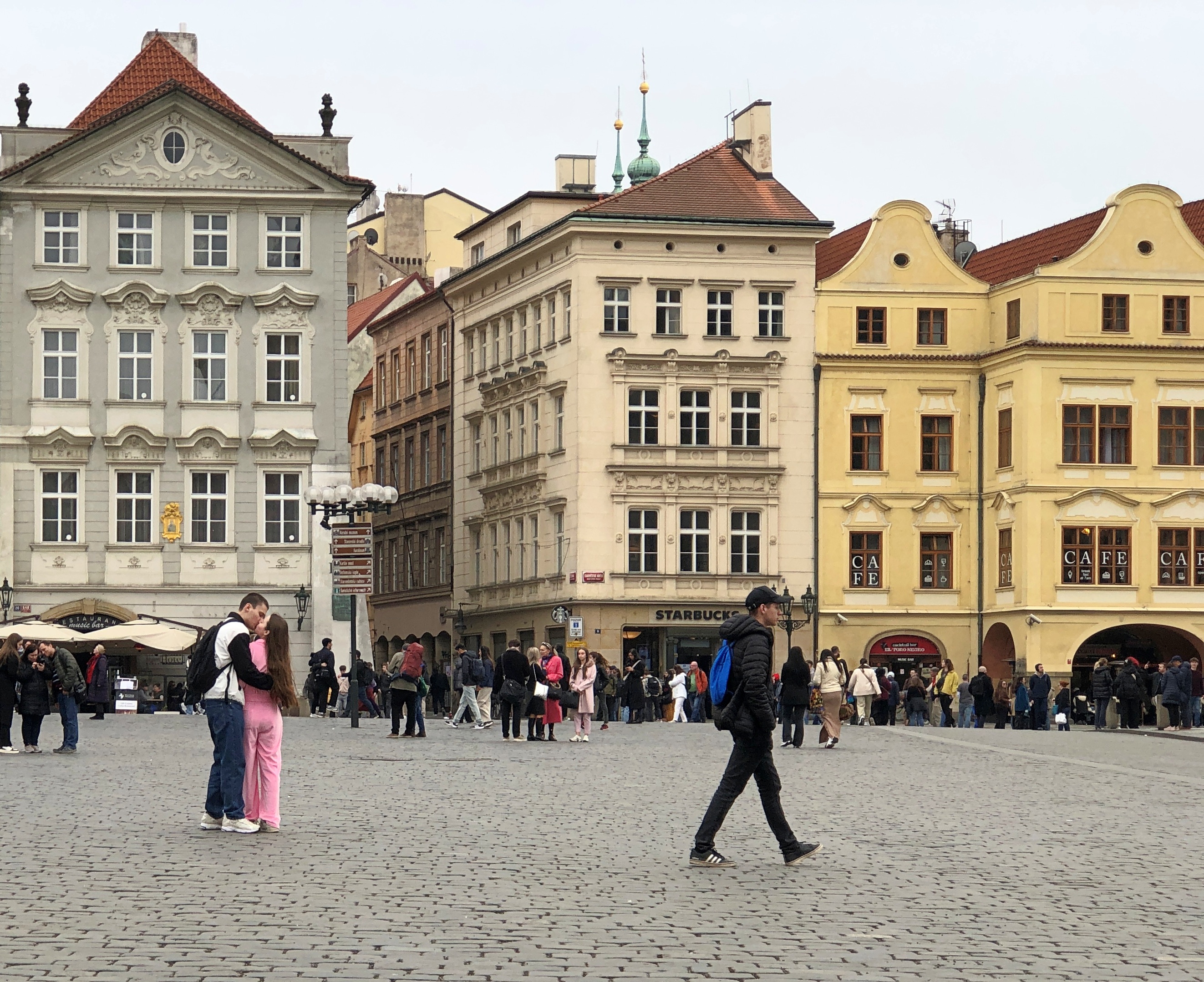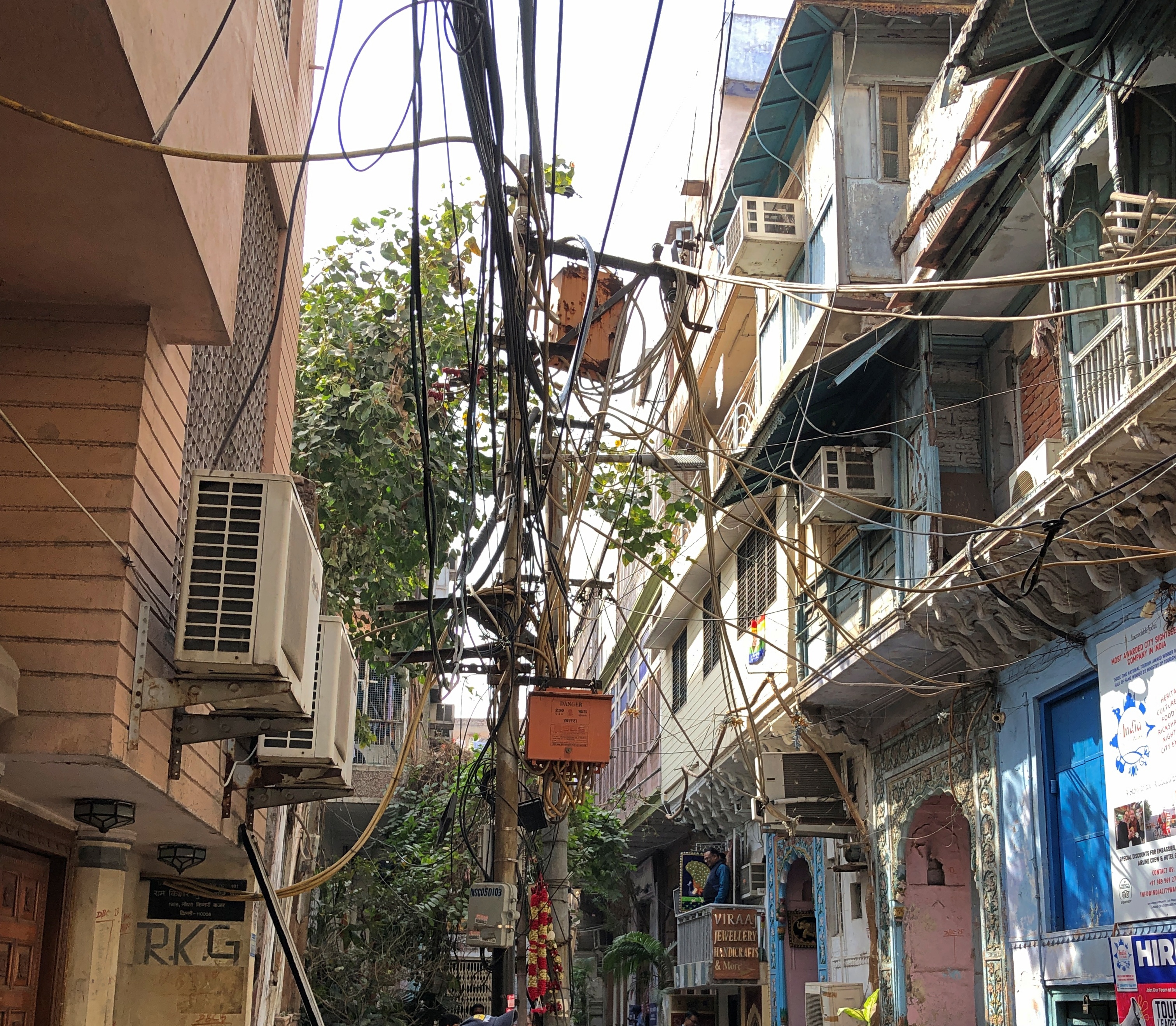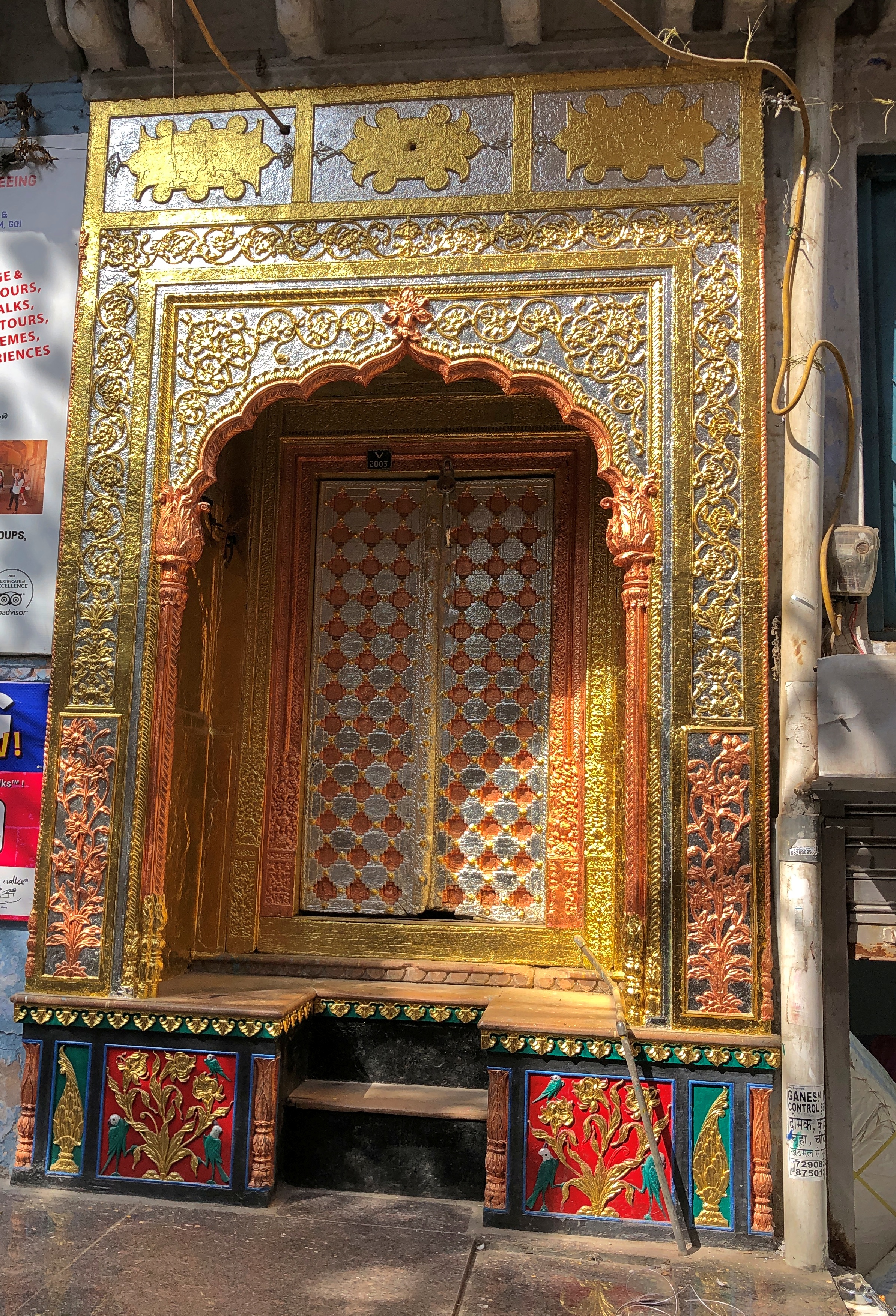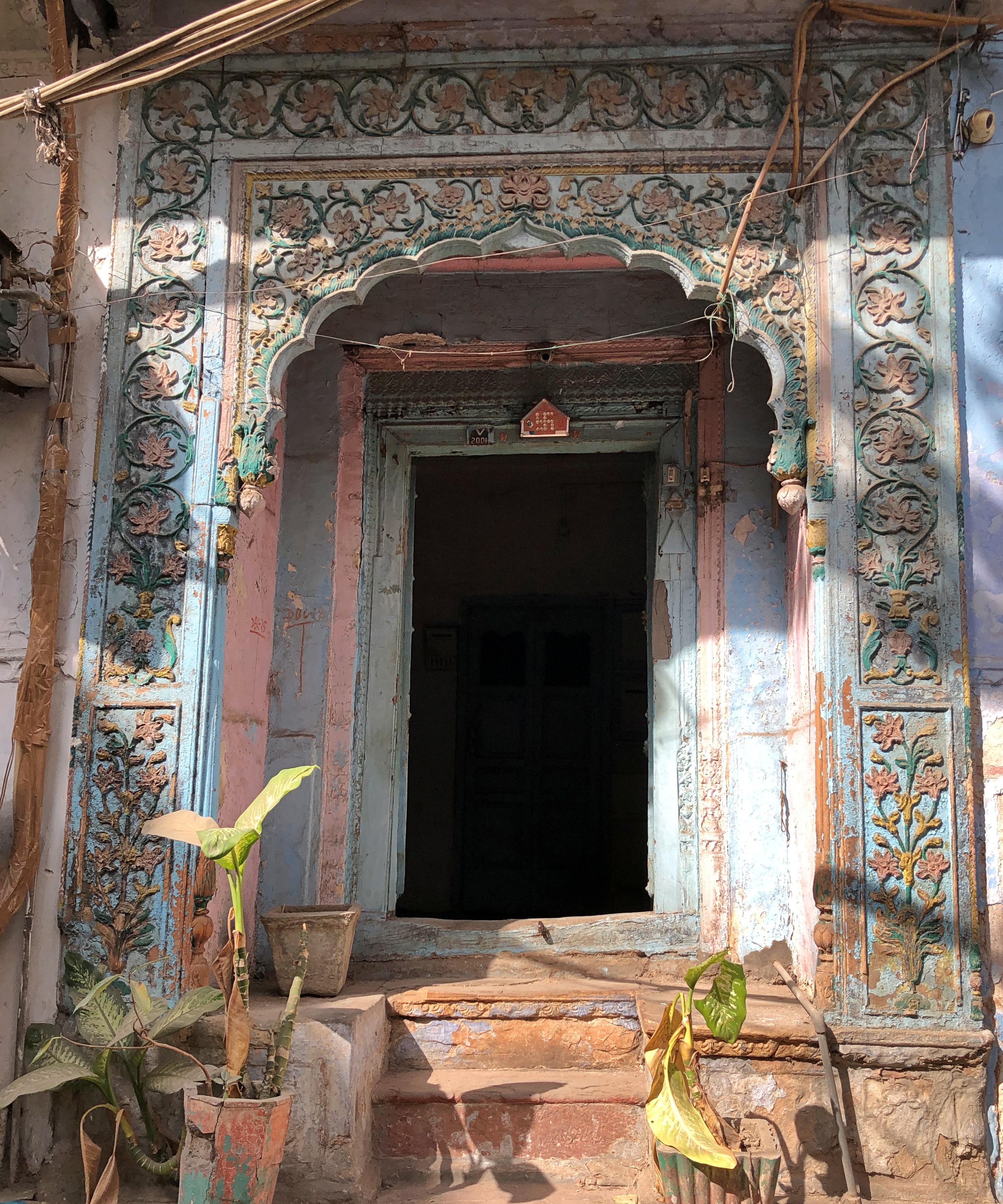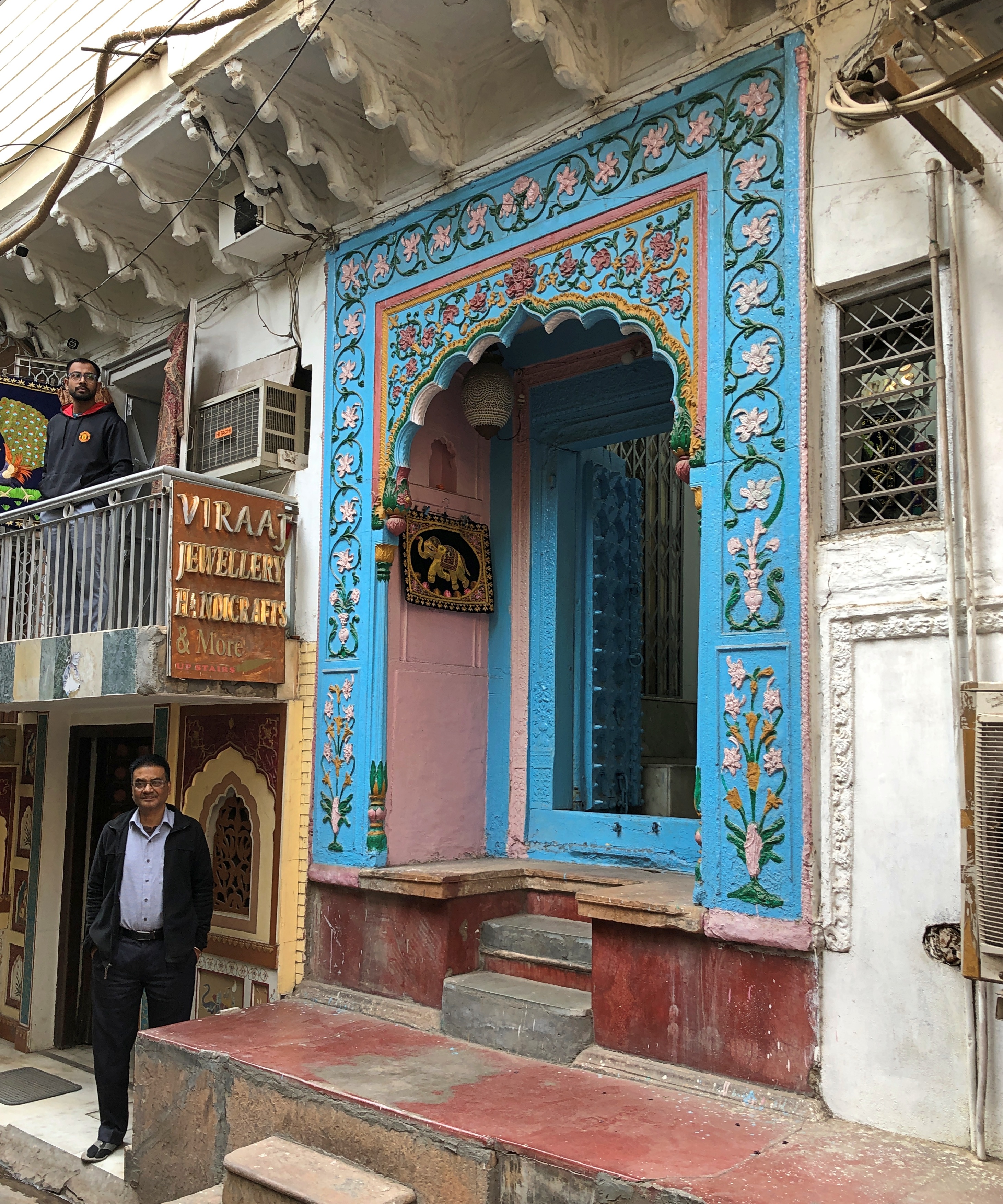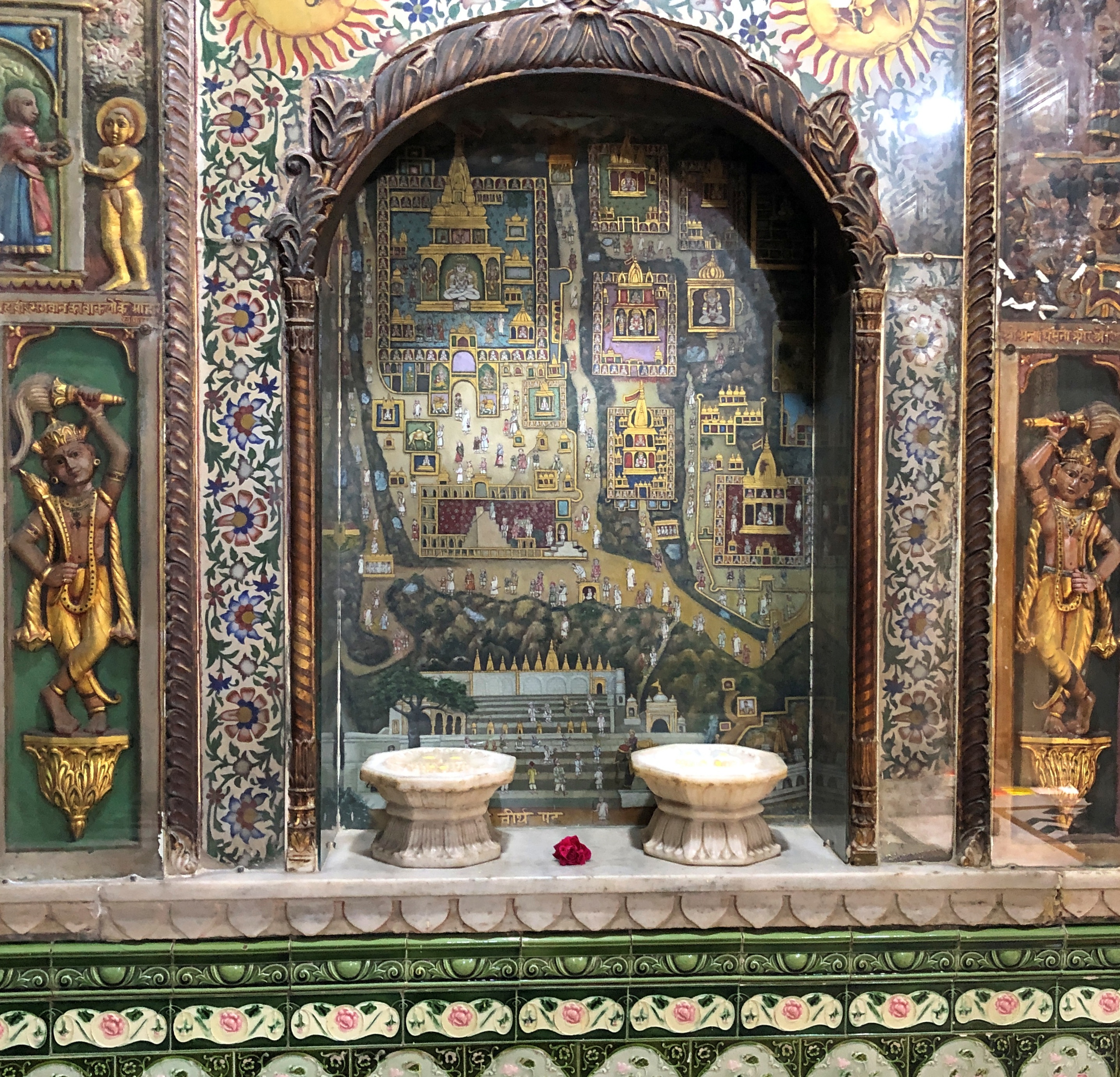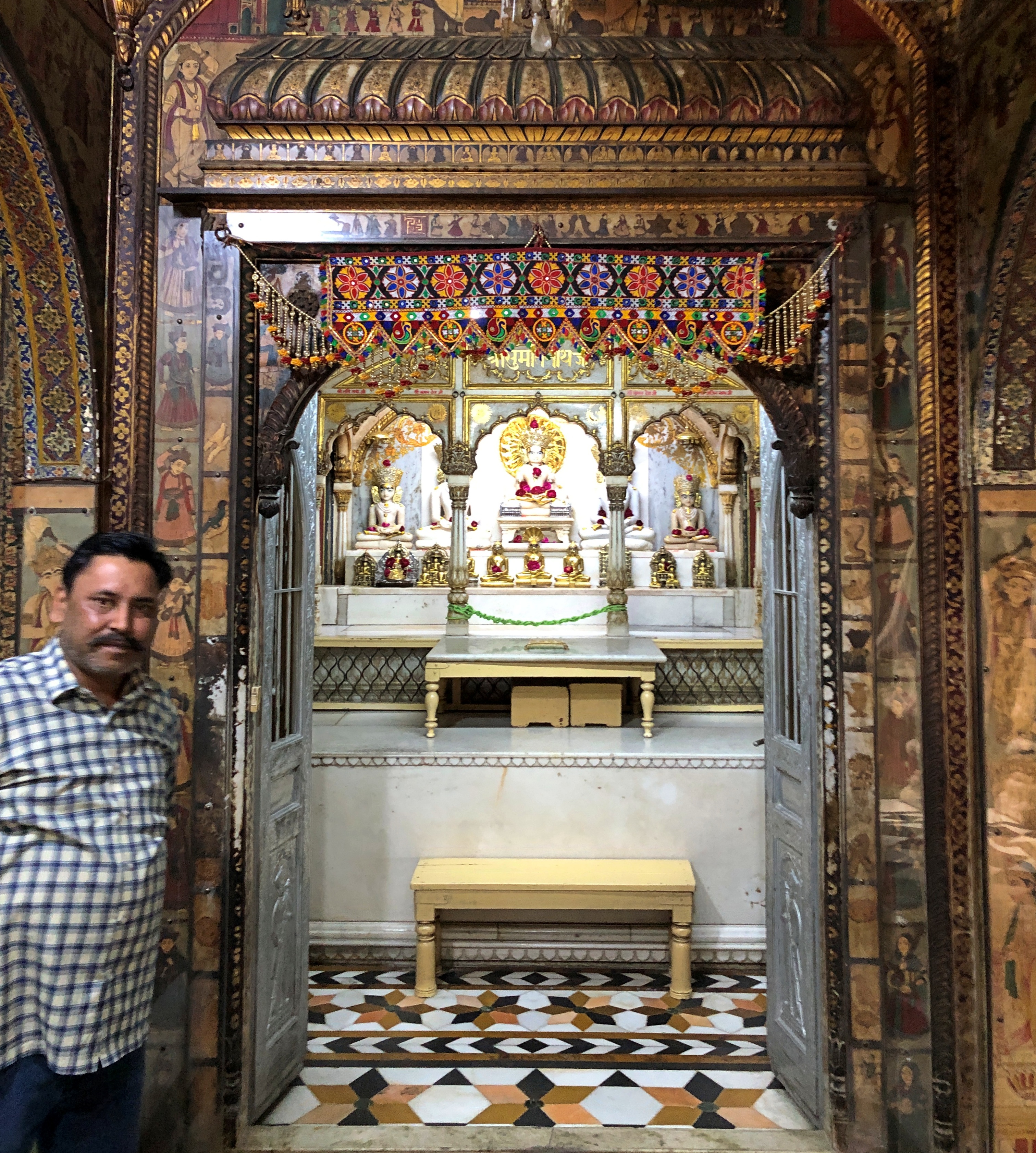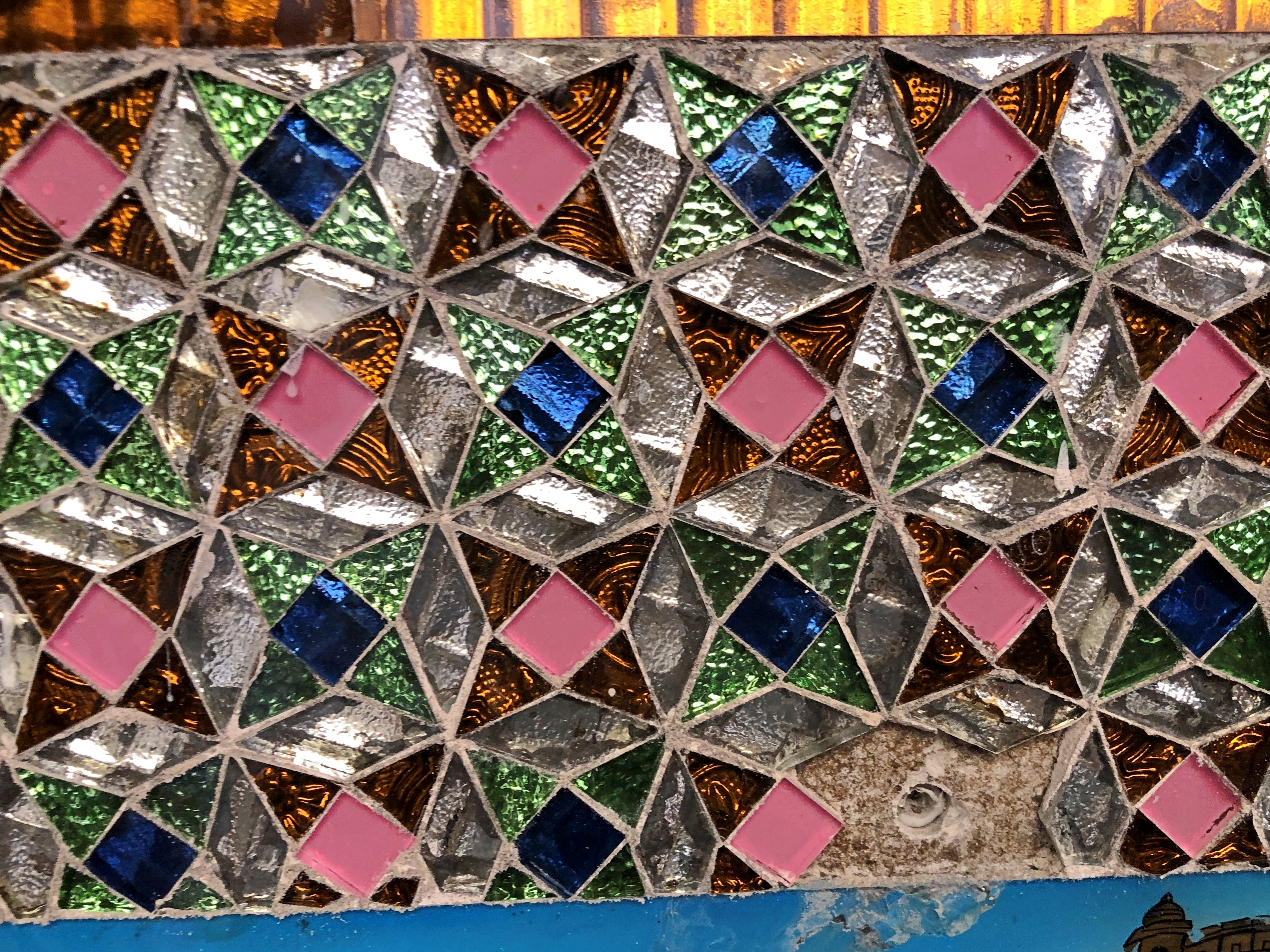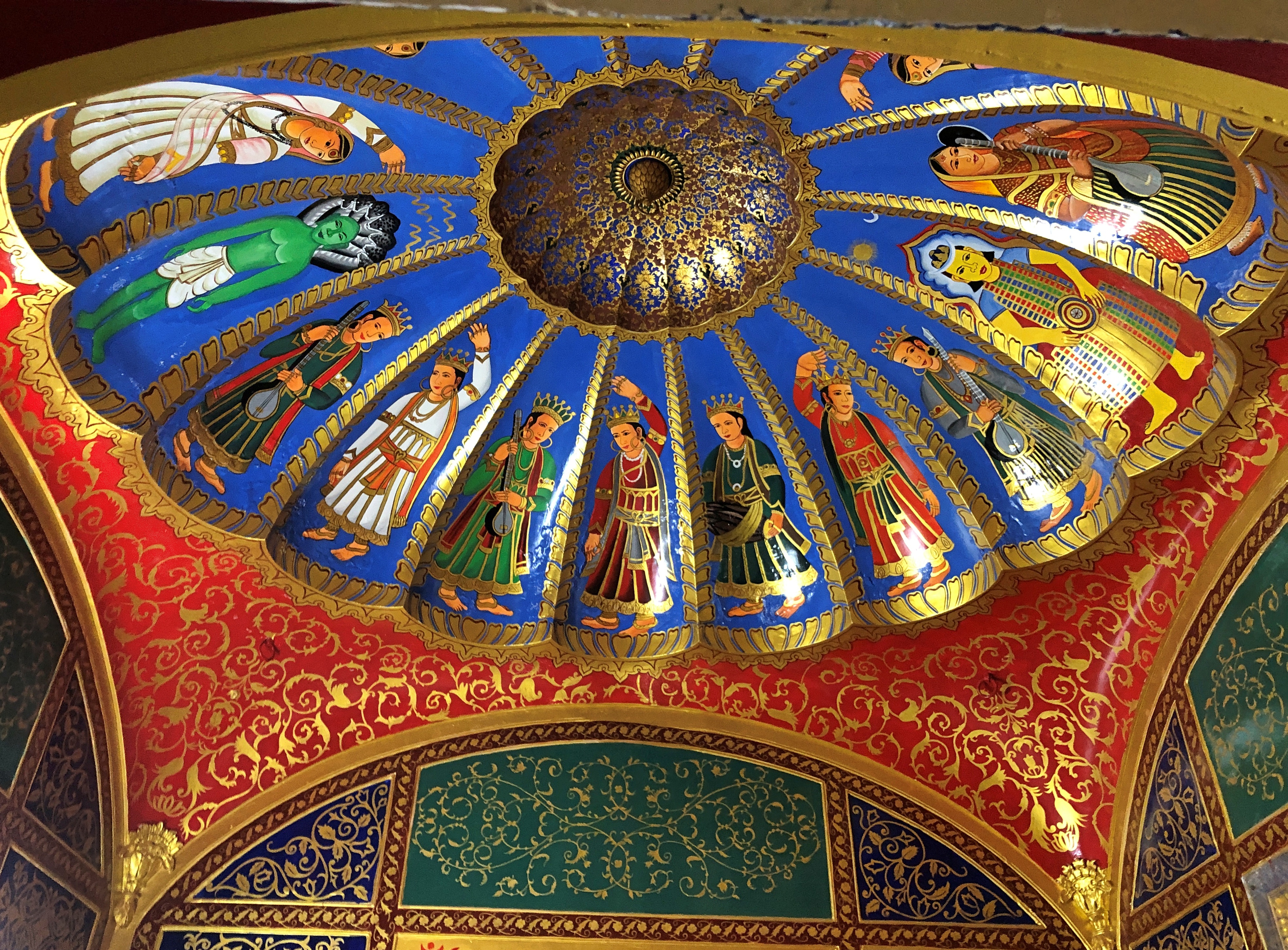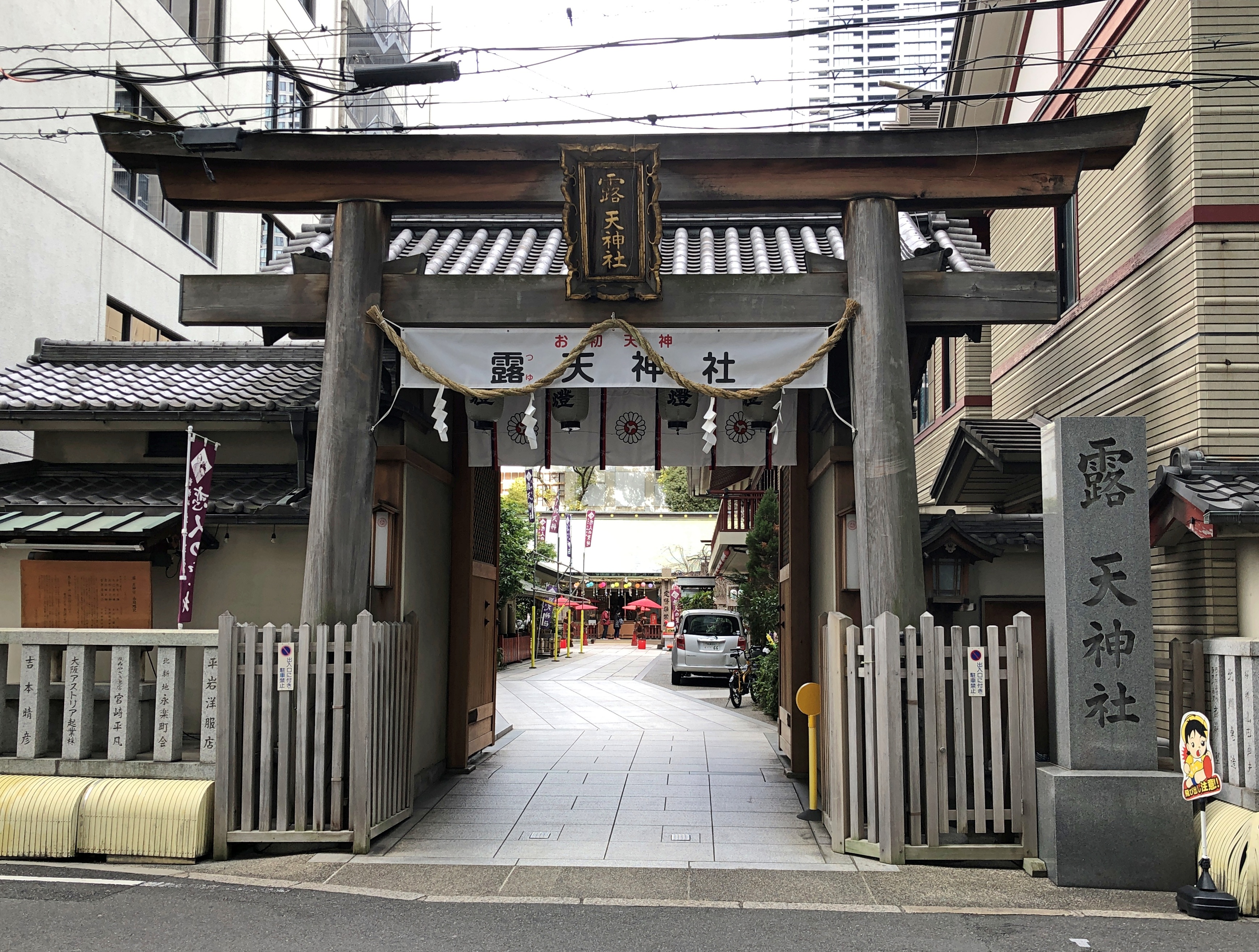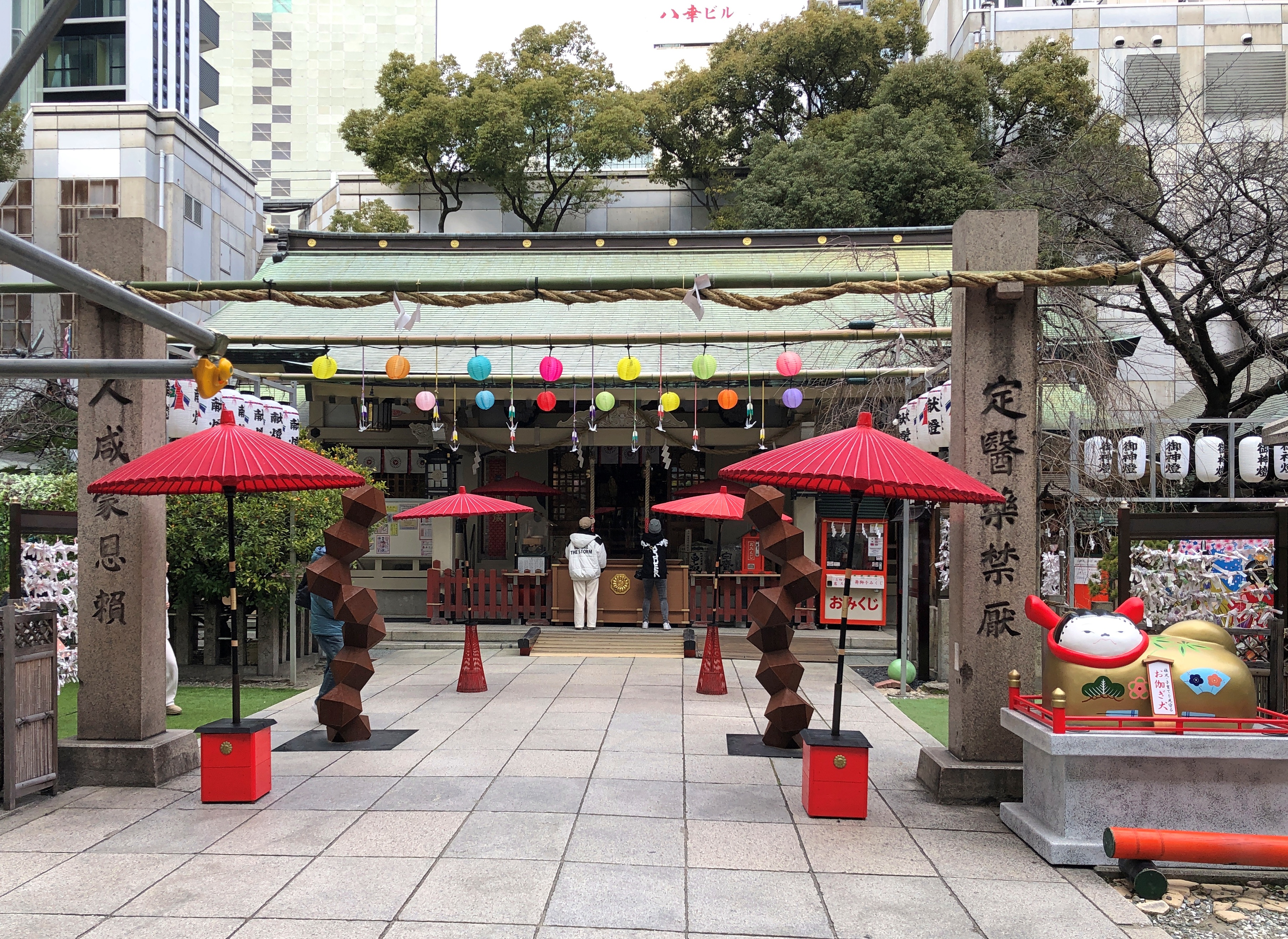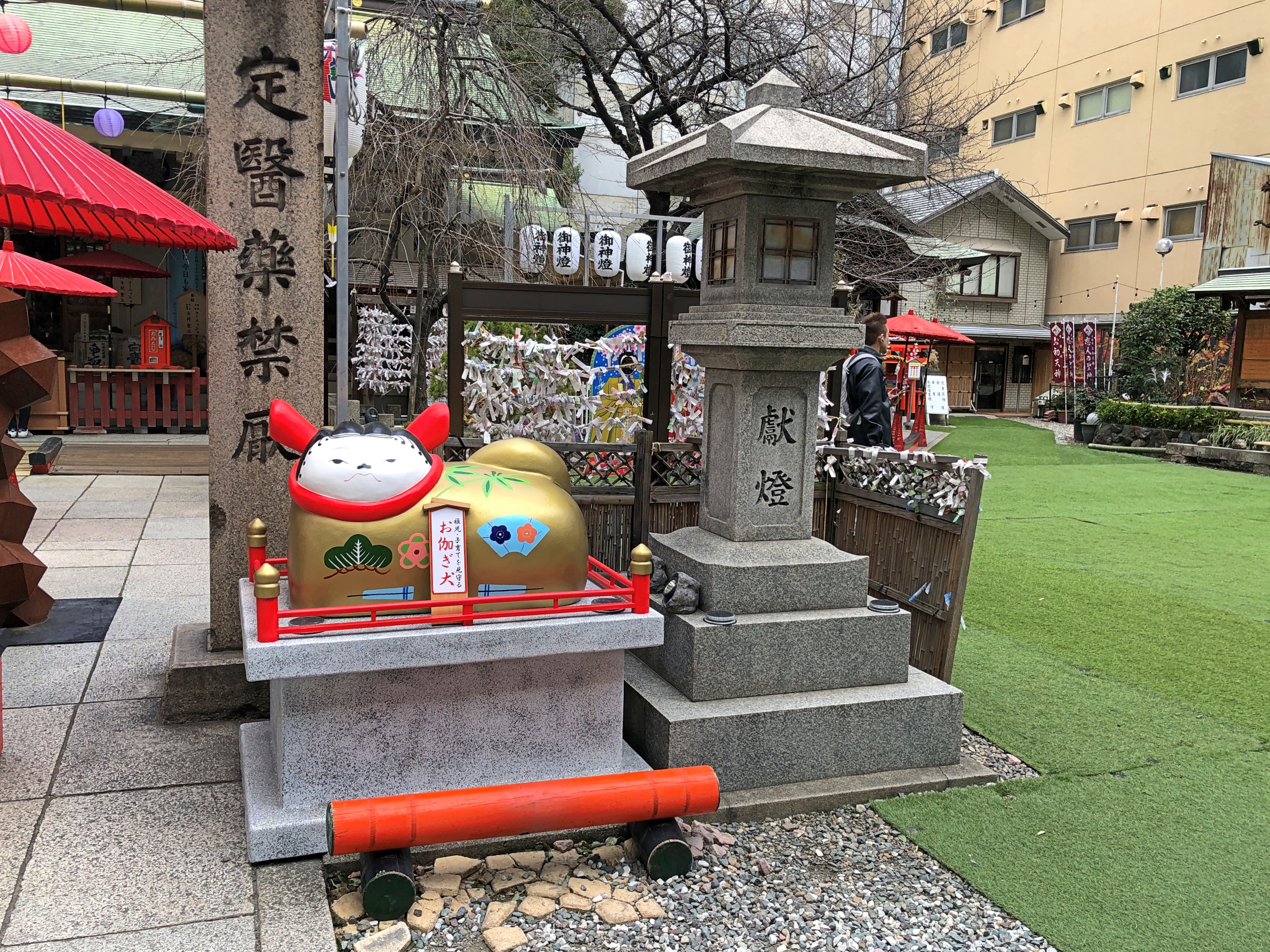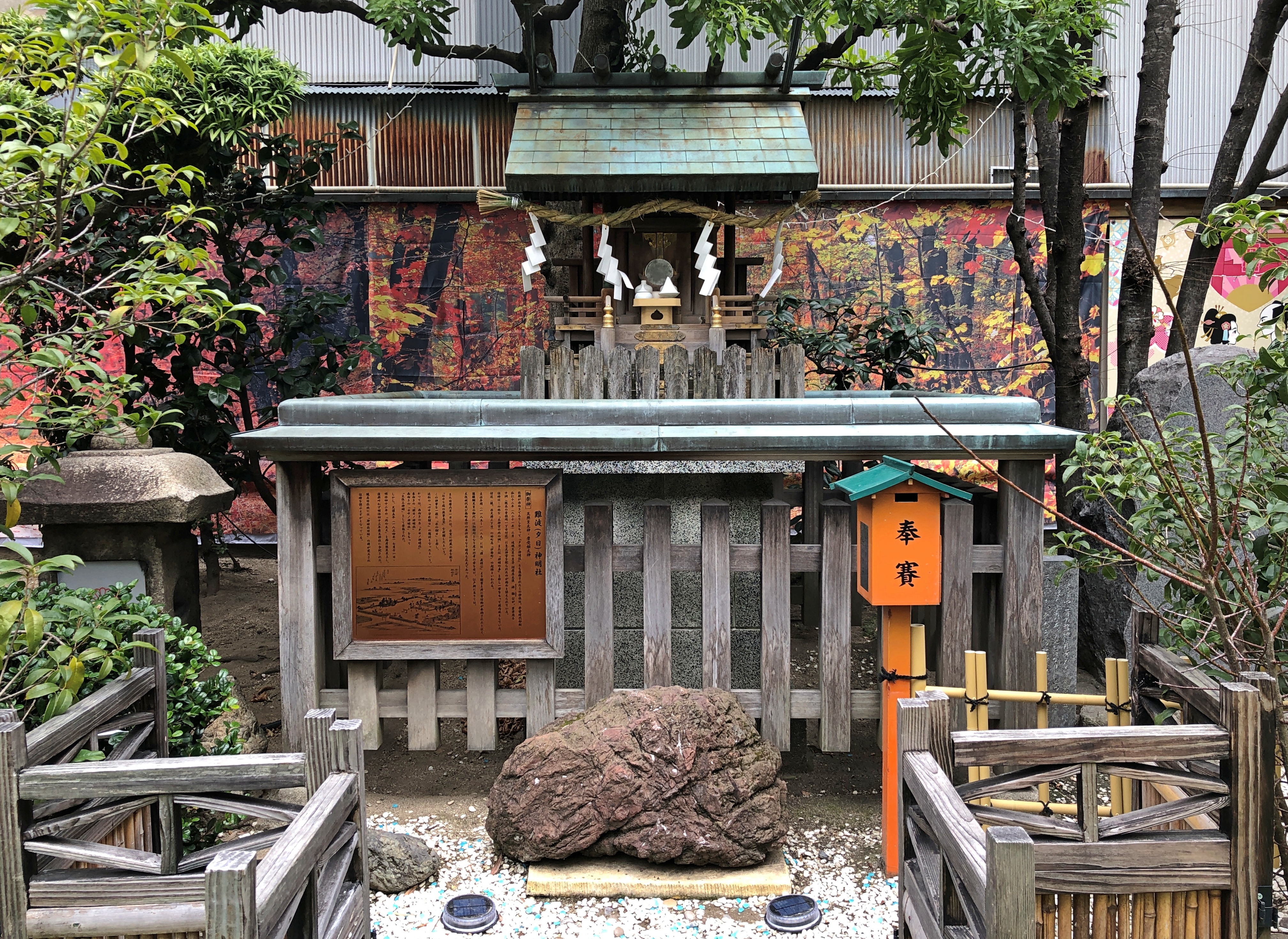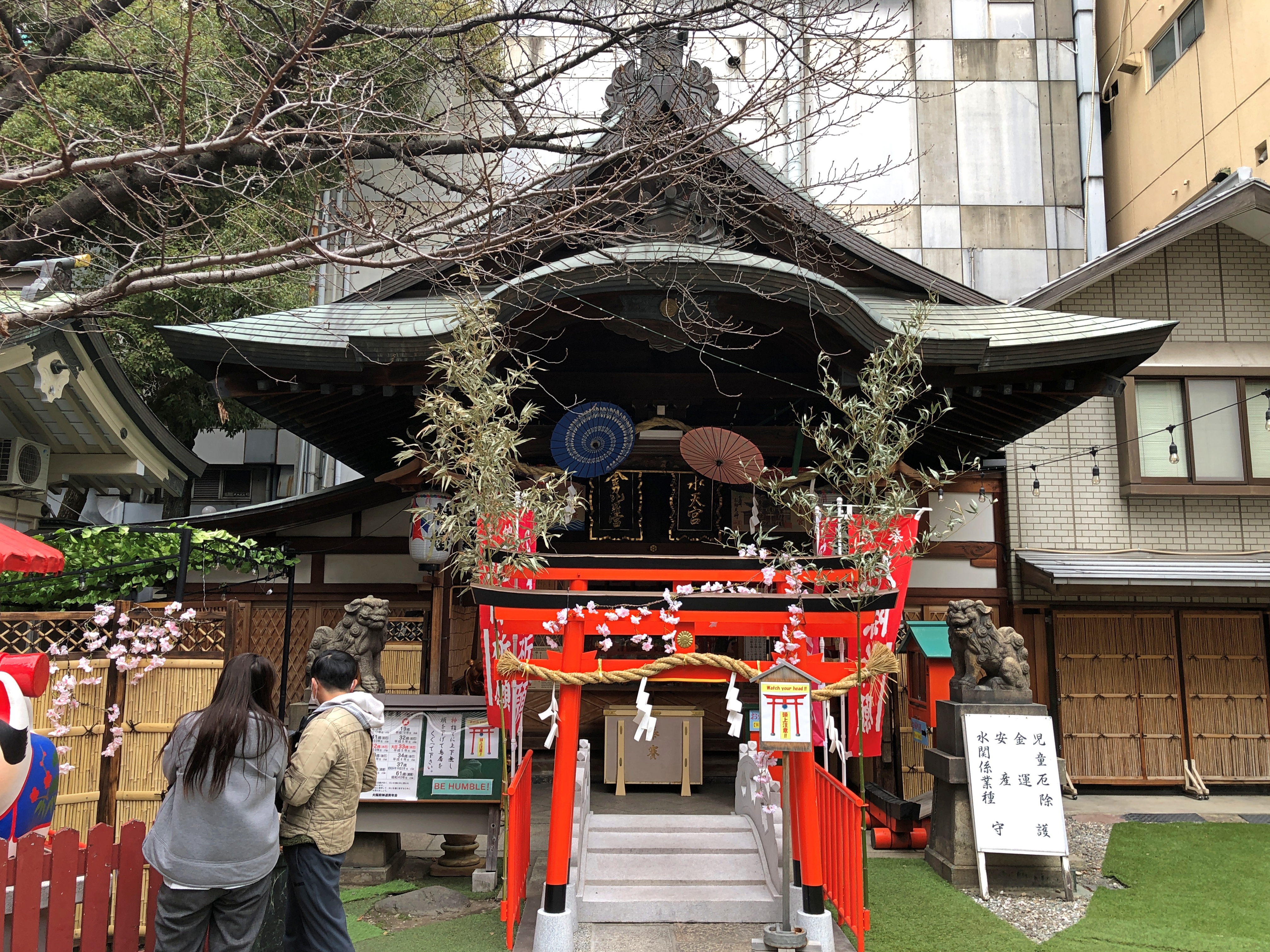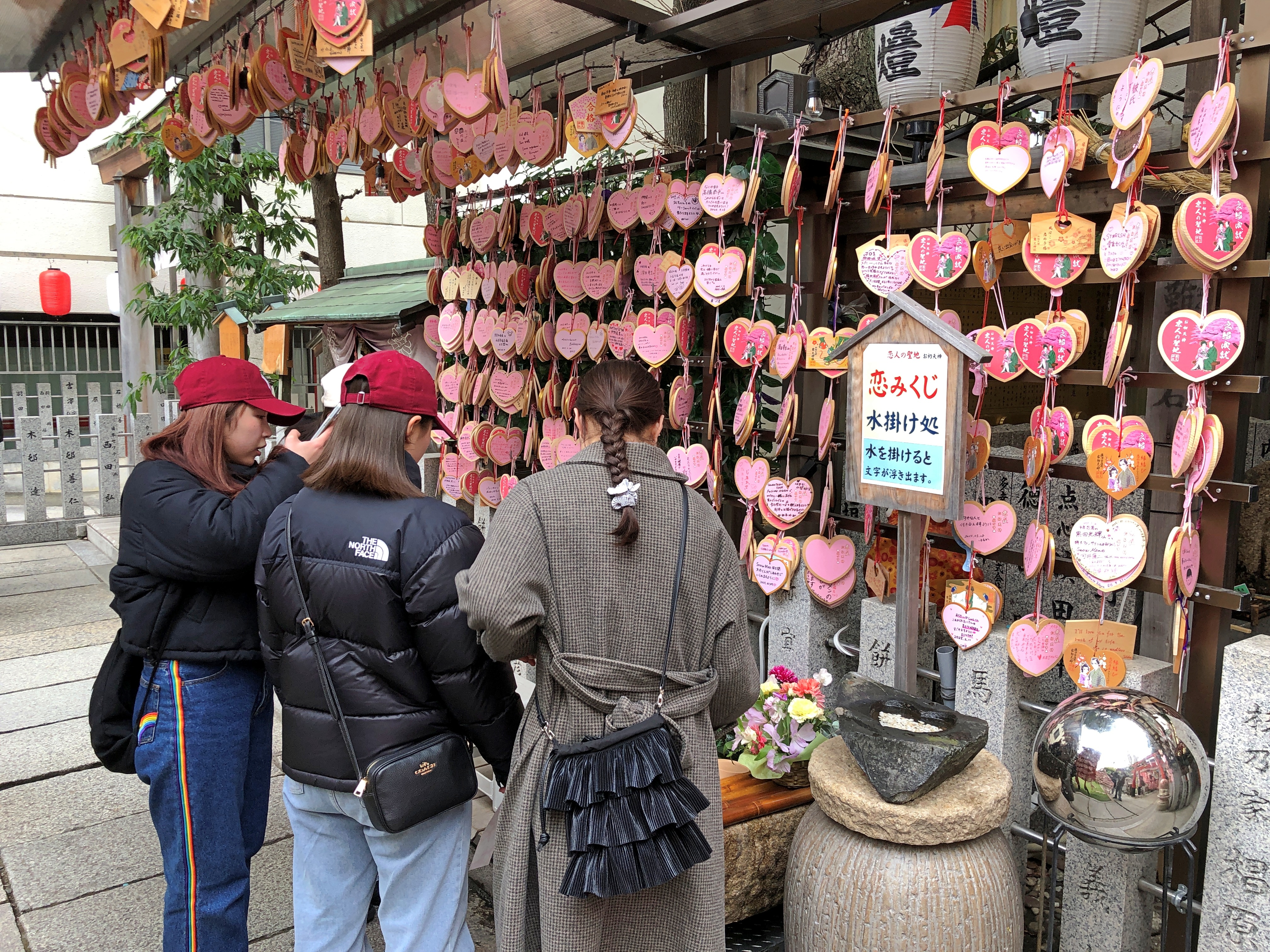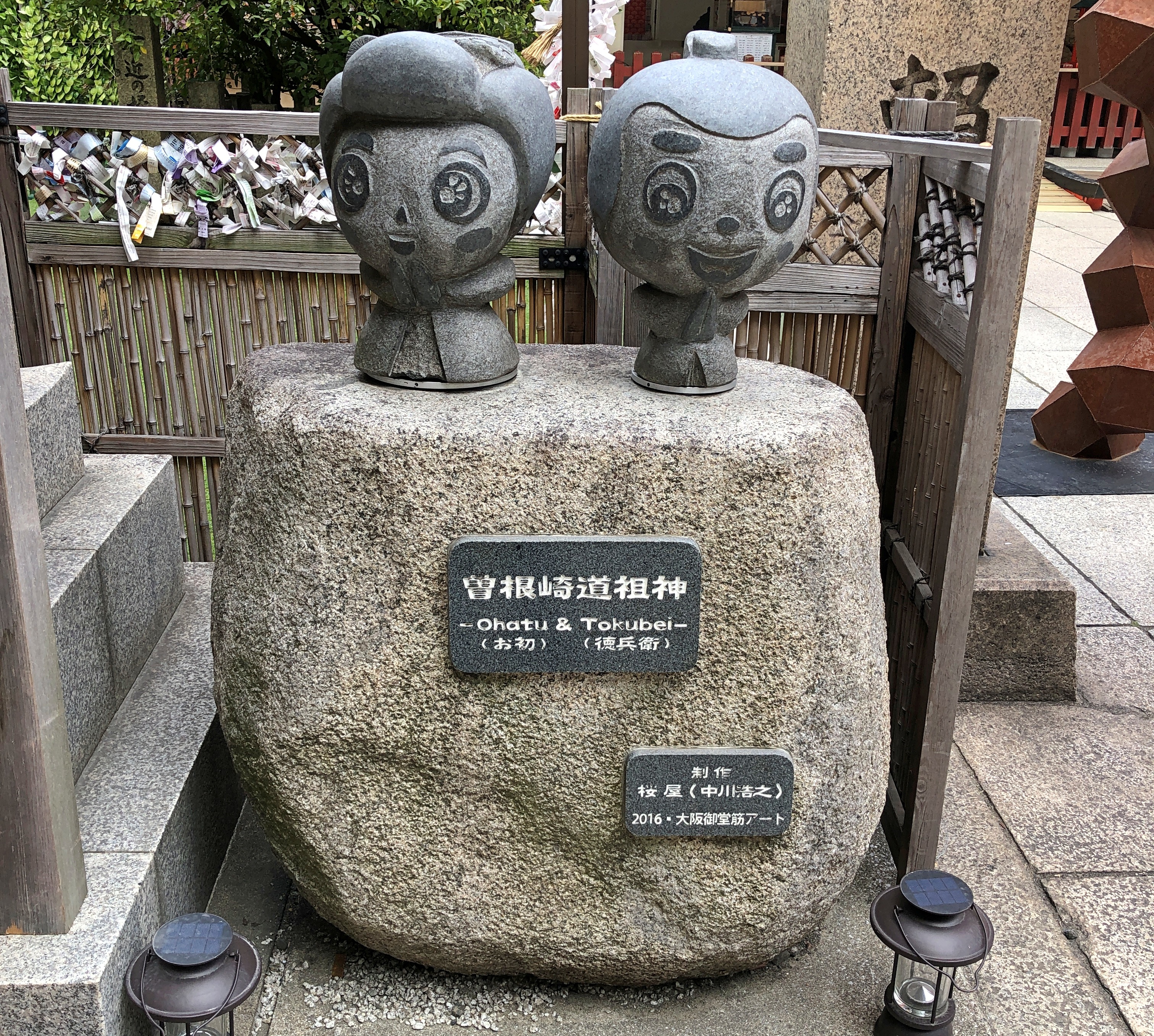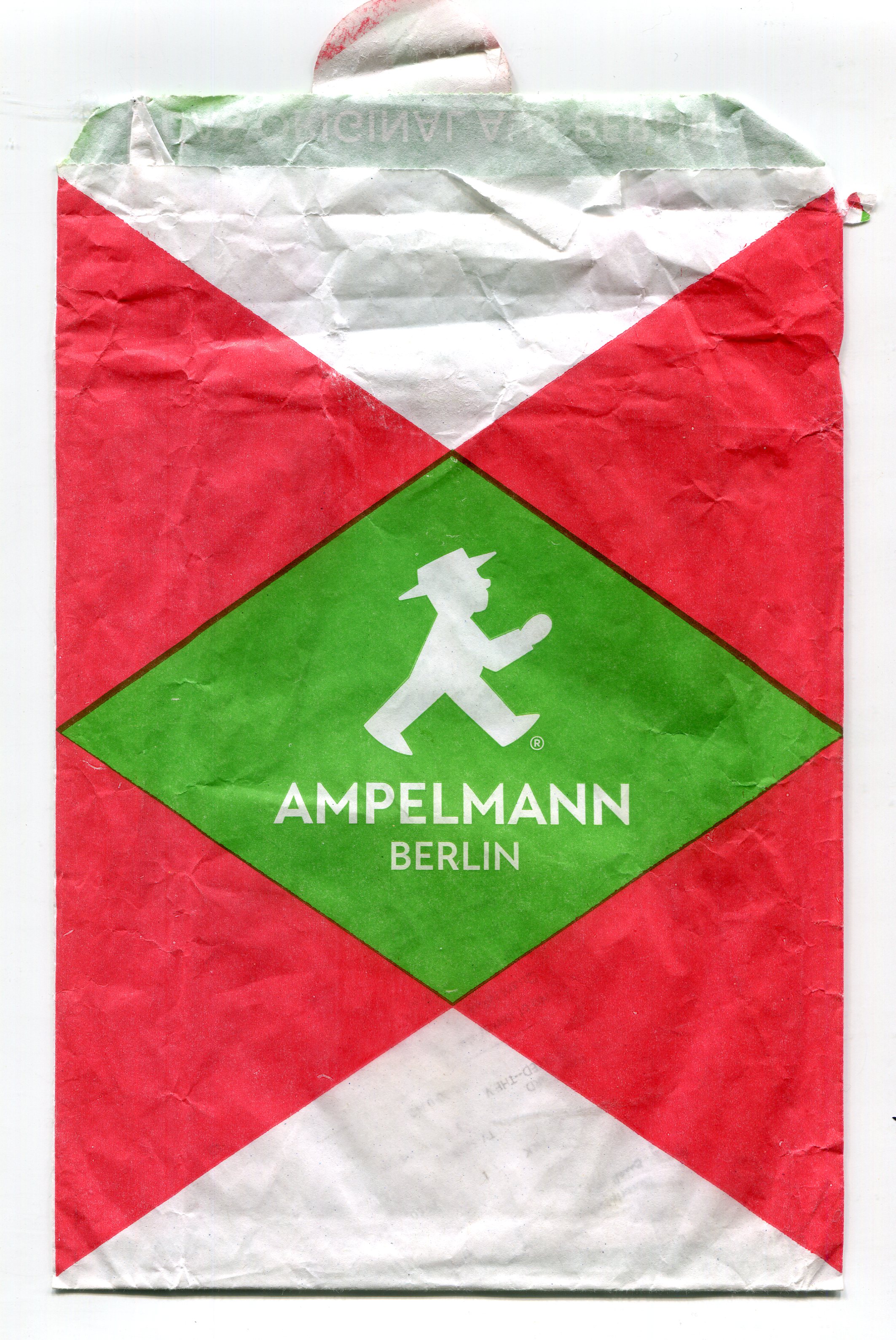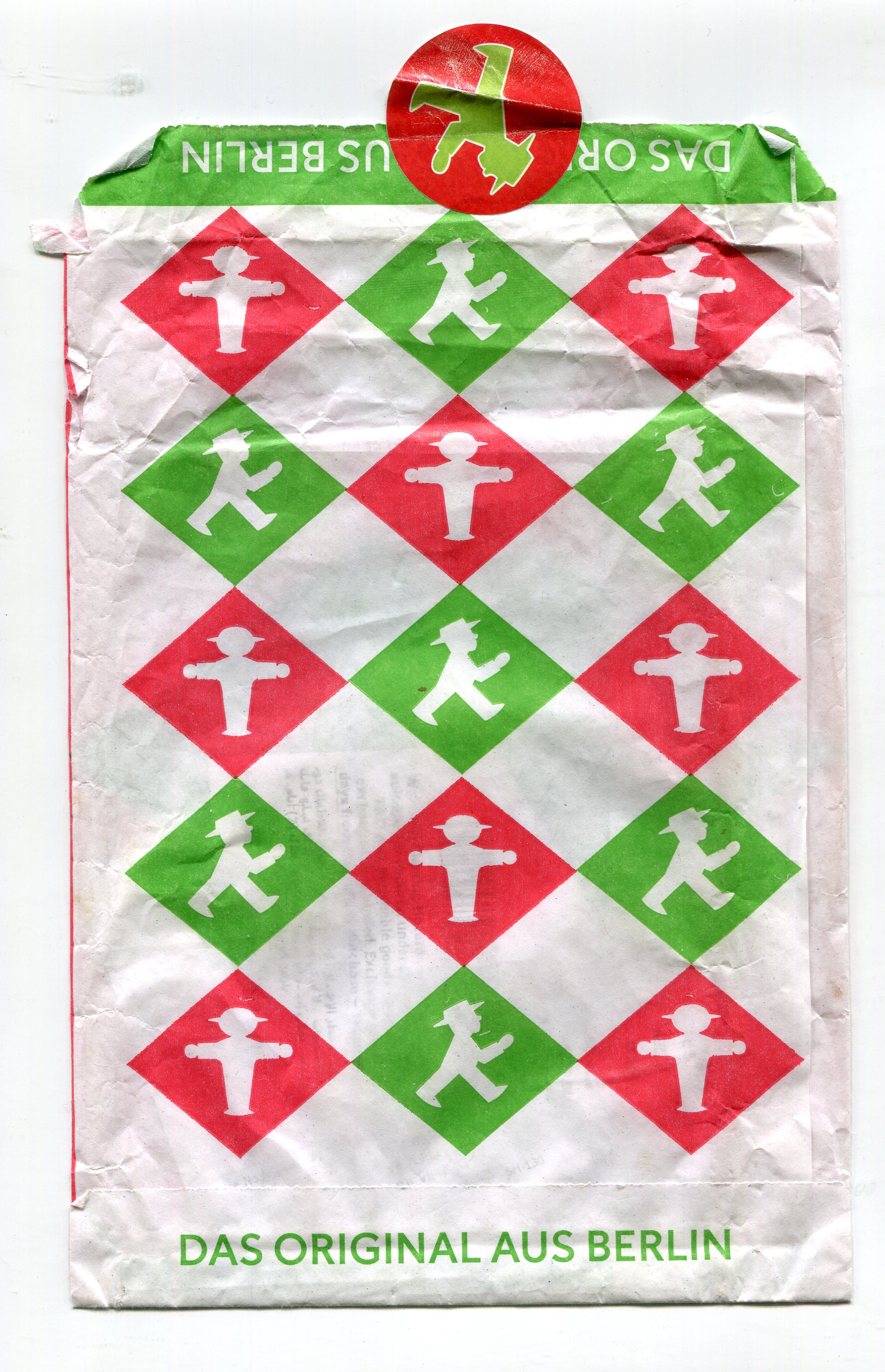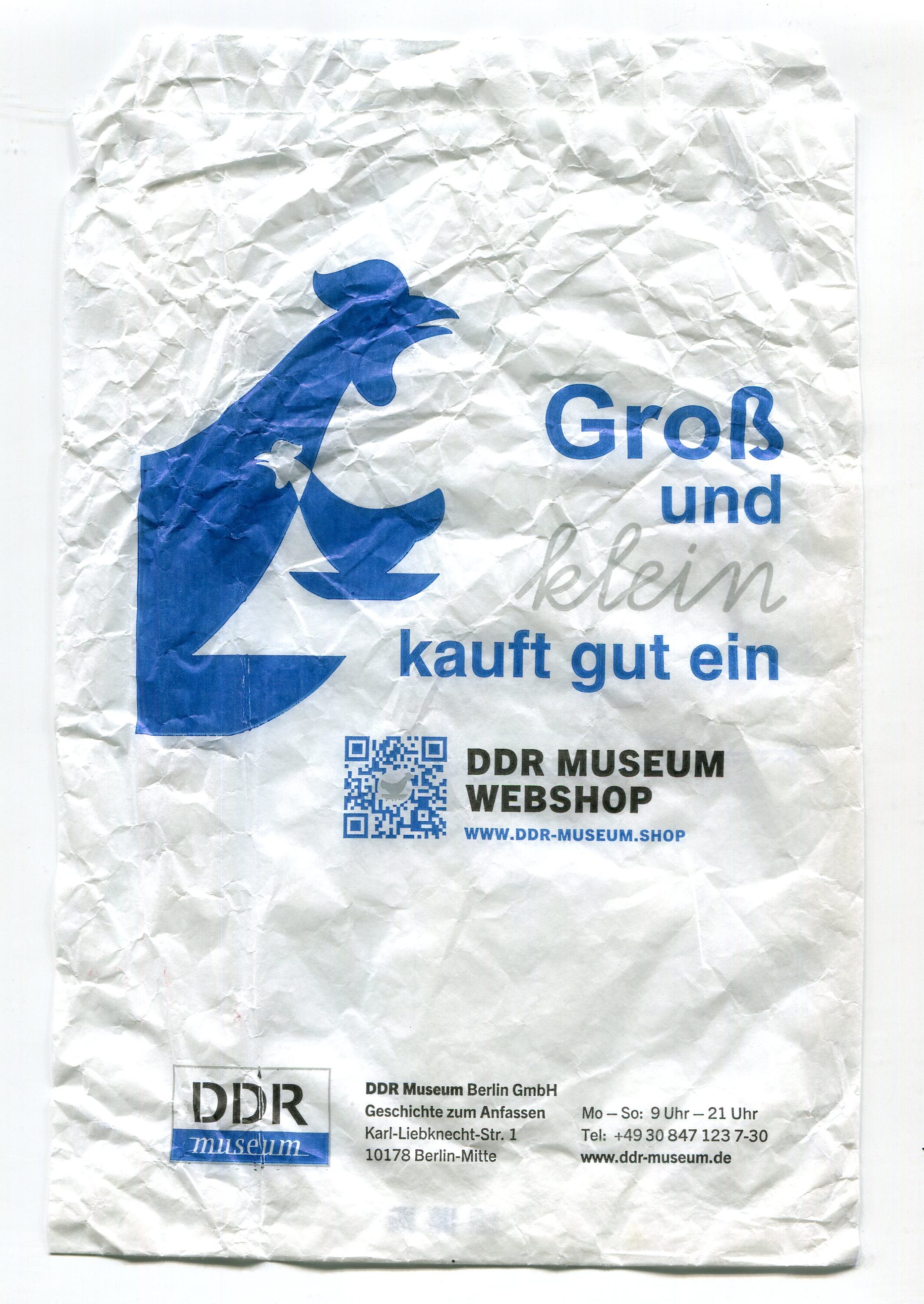They say petty con men hang out at Old Town Square in Prague, looking for marks for the likes of three-card monte or a shell game or bogus currency exchange schemes, which raises the question: who hasn’t heard of those cons? But I have to report that no one approached us at Old Town Square for trickery or anything else. Sometimes it’s good to old men who are essentially invisible.
We had the idea at Old Town Square that we’d see the Church of the Mother of God before Týn, which has a cool church name. Distinctive, anyway, incorporating a very local place name. Týn Courtyard, next to the church, is a small area that hosted visiting merchants at one time, and whose largess helped build the edifice. There has been a church on the site for at least 900 years, with the usual story of modifications, rebuilding, replacement, fires, style changes and of course some sectarian strife now and then. 
The church is a little off the square, but not far. In my image, it is behind the monumental memorial to Jan Hus and other Hussites, which dates only from 1915. The church wasn’t open when we dropped by. Too bad, I understand Tycho Brahe is buried near the altar; that would have been worth seeing all by itself.
Across the square is Old Town Hall, dating from the 13th century.
On the opposite side from my image, Old Town Hall is the site of the Orloj – the astronomical clock that doesn’t concern itself with whether most people can read it. The master clockmaker and the few learned men who could read it when it was new probably didn’t concern themselves with that fact either. Why would they?
The crowds don’t go to read it anyway, but to watch the mechanical figures move on the hour. We arrived just as that was happening early on the afternoon of March 12.

“Starting in the 13th century, astronomical clocks began springing up around Europe, using intricate functions to show information such as lunar phases, the position of the sun and moon, and the zodiac at any given moment,” My Modern Met explains.
Work on the Prague clock started a little later than that, in 1410. Again as usual with something that old, modifications and additions and changes and restorations have been made over the years, including as recently as 2018. 
“The figurines, which were added in the 1600s, represent four vices [sic, death is a vice?]. Vanity is shown as a man admiring himself in a mirror, a miser holding a bag of gold represents greed, while another strumming an instrument is to show lust or ‘earthly greed.‘ The fourth sculpture, a skeleton, represents death and rings the bell each hour as the other figurines shake their heads.”
After the 1 p.m. movement of the figurines, the crowd thinned out. 
If I understand correctly (no promises), the time-keeping aspects of the clock includes three different systems: a conventional 24-hour clock, a 24-clock that whose zero hour is at sunset – both new and competing systems when the clock was built – and an older system of unequal hours, whose length depended on the time of the year, something like the Romans used (12 hours by day, four watches at night), though it is thought to date back to Babylon.
“But the clock is about much more than telling time,” My Modern Met continues. “Two separate wands representing the sun and the moon move around the zodiac ring. The sun moves counterclockwise against the ring, and gives an indication of where the sun and moon are in their orbit around the Earth.
“The moon wand is half white and half black in order to show the current cycle of the moon. Interestingly, the rotation of the ball showing the lunar phases is entirely owed to gravity, something unique in this genre of timekeeping.
“A small golden star shows the position of the vernal equinox and sidereal time based on the Roman numerals.”
Most of that wasn’t anything I could understand just looking up at the clock, and I’m not entirely sure I can piece it together in the comfort of my home office. Still, the intricacies and metalwork are marvels to behold — representing a remarkable store of pre-modern knowledge and mechanical aptitude — and behold them we did.


